No Results Found
The page you requested could not be found. Try refining your search, or use the navigation above to locate the post.
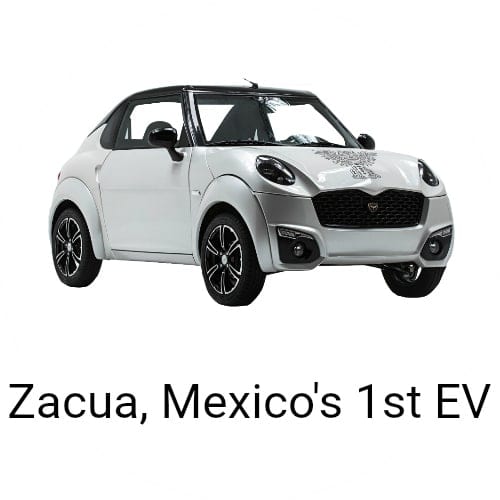
Meet Zacua, the first Mexican produced electric vehicle. The Mexican company Motores Limpios, S.A.P.I. de C.V. produced the Zacua electric vehicle in partnership with Spanish, French and Chinese companies. The French company Automobiles Chatenet designed the two models, the M2 and M3. Spanish company Dynamik Technological Alliance developed the drivetrain while the battery is from China. The Zacua brand is named after the name of a bird species found from Mexico to Panama.
Production of the 2-seater full electric vehicle will be limited to 100 and is expected in November 2017, followed by 200 in 2018 and 300 in 2019. Assembly of the Zacua M2 and M3 will be in Mexico State and move to Puebla in 2019. The production of the Zacua generated 30 early stage jobs while no indication of the initial or total required investment was divulged.
Specifications for the Zacua are as follows:
Pricing for the base model starts at $24,500 / 440,000 pesos and buyers will not be required to pay car tax or purchase an environmental verification certificate as required by Mexican law. Owners will also not be restricted by the “Hoy No Circula” or No Circulation Today, an environmental program required to improve the air quality in Mexico through six monthly emission testing and restrictions on driving between 5.AM and 10 PM.

The Renault owned Romanian producer of low-cost vehicles, Dacia; this week indicated that it would also enter the market for alternatively fuelled vehicles according to a Romanian publication quoting Renault Group’s Commercial Director Hakim Bouthera. According to Mr. Bouthera Dacia needs to reposition itself as the market changes away from combustion engines but should maintain its DNA as producer of affordable cars. The Romanian EV market has seen a steady rise in the adoption of electric vehicles, with April 2017 data showing a near three fold increase in EV sales compared to the same period in 2016. The April data shows that 548 EVs were sold at the end of the month to only 195 in the same period of the previous year. EVs now constitute 1% of registered vehicles in Romania with around 2,000 alternatively fuelled cars sold in the last three years. The Romanian government supports the EV sector with a €10,000 (45,000 lei) subsidy.
London Taxi Co, the Geely owned company since 2013, this week unveiled its production ready electric taxi, the TX, which is based on the FX4 black cab that went out of production in 1984. The 60-year-old British company changed its strategy to produce electric vehicles exclusively and opened its EV production facility at the end of March in Ansty, Coventry. The company will be as the London Electric Vehicle Company (LEVC). The new model will be a range extended car with a 70-mile (112km) electric range and 400-mile (640km) total range. The first 150 black cabs will be seen on London’s roads from November 2017 to comply with Transport of London’s (TfL) new rules requiring all new cabs to be zero emission capable from 1 January 2018 with the intent to phase out diesel cabs by 2023. TfL will support the initiative with co-developing 80 charging points by 2018 which will increase to 200 by 2020. The average London Cabbie covers around 120 miles (192km) per day and costs around £43,000 ($56,000) which is financed by the London Taxi Co through a private hire vehicle finance scheme. Although no formal pricing have been announced word on the street is that the TX will sell for around £50,000 ($65,000). LEVC also announced that it already received an order for 225 TX’s from the Dutch taxi operator, RMC, for use in Amsterdam. The TX competes with the Uber financed Toyota Prius and Mercedes Benz Euro 6 Vito Taxi (not EV), priced at £47,000 ($75,200).
The Nikkei Asian Review reported this week that Nissan Motor of Japan is developing a low-cost EV for Chinese cities which is expected within fiscal 2018, citing the automakers CEO, Mr. Hiroto Saikawa. The car is expected to be a pure electric A-class able to travel short distances priced at half the cost of a Nissan Leaf or around 1.5 million yuan ($13,200). The new city car will share its platform with other Nissan Alliance members Renault and Mitsubishi and produced at local partner Dongfeng to keep cost in check. Renault is developing its own EV on the same platform for the Chinese market, the Kwid crossover expected in the Chinese market by 2019.
The Chinese Governments aggressive electric car quotas are forcing international automakers to fast track electric vehicle plans for the country, fearing penalties such as losing their production licenses. The Chinese Government is expected to implement requirements from 2018 which will force auto companies to sell electric cars to generate ZEV credits. Automakers are complaining that the targets are impossible to meet and will disrupt their businesses. Reuters this week reported on a letter seen by it where auto companies wrote to the China’s Ministry of Industry and Information Technology in June 2018 asking for concessions on the planned initiative. The companies requests include asking for a delay of the program by a year, softening of the penalties and an equaling the requirements for local and international players.
Japanese EV start-up, GLM (right below), sold 85.5% shares to Hong Kong watchmaker O Luxe for an estimated $114 million according to the Nikkei Asian Review. GLM, labeled Japan’s Tesla, unveiled its electric supercar, the GLM G4, at the Paris Motor Show in October 2016. The GLM with a range of 400km (234-mile NEDC) has a total system output of 400kW and torque of 1,000N.m accelerating to 100km/h in 3,9 seconds reaching a top speed of 250km/h. The start-up evolved from a Kyoto University venture in 2010 and made ripples with its Tommykaira ZZ prototype (left below) earlier the year which features the worlds first resin windshield. O Luxe shares rose 21% on the news while GLM dropped 19.6%.

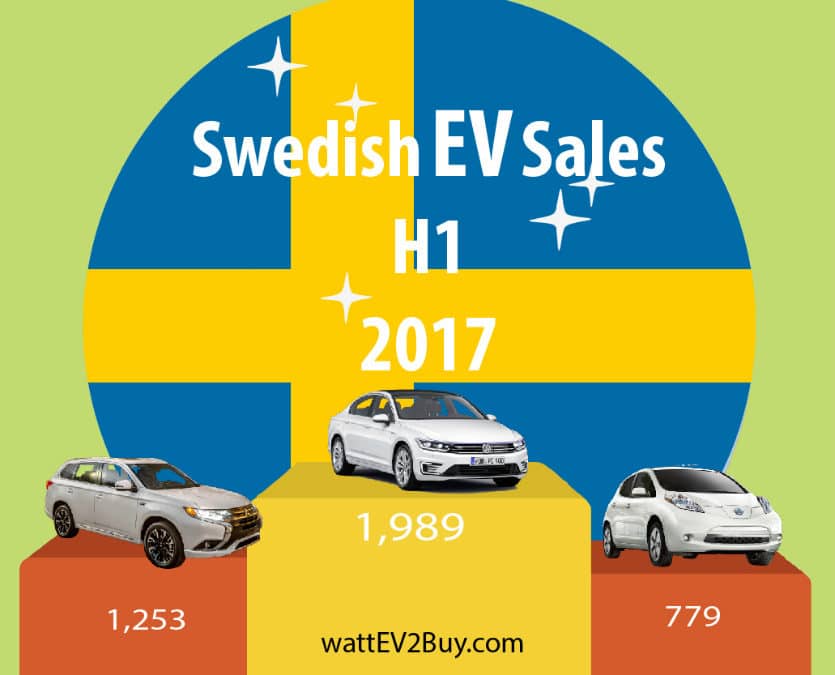
We look at the Top brands and models, the gainers and losers and how the battle between battery electric (BEV) and plug-in hybrid (PHEV) technologies play out in the summary of Sweden EV Sales H1 2017.
The highlights for Swedish electric car sales in H1 2017 was:
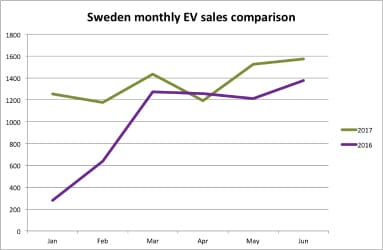
The Top 3 EV brands in Sweden for H1 2017 were VW, new entrant Mitsubishi and BMW. Most EV brands except Volvo and Peugeot showed gains in units sales compared to H1 2016. Hyundai entered the Swedish market with its Hyundai Ioniq BEV. Initial sales for the Ioniq was below average in a market which has a preference for plug-in hybrid electric vehicles. Toyota re-entered the market with the new Prius but failed to get the same traction as it did in other markets. Tesla and Mitsubishi nearly doubled their sales from 2016. Sweden is on of the few markets where Mitsubishi showed positive growth with the aging Mitsubishi Outlander PHEV in 2017 and now makes up 23.24% of all EV registrations in Sweden. BMW maintained its third overall position with the support of its 330e, 225xe, and X5 xDrive models, more than compensating for waning sales in the BMW i3 model series. VW held on to the top spot, mostly due to the VW Passat GTE which accounted for 25% of all EV sales in Sweden during H1 2017.
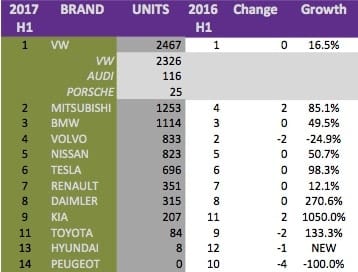
Ten new EV models entered the Swedish EV market in the comparison between H1 2016 and H1 2017. Of the ten new EV models, eight were plug-in hybrids, and only the Tesla Model X made it on to the Top 10 list. Volvo launched two new plug-in models at the end of May in its home market, the Volvo XC60 T8 and Volvo S90 T8 PHEV. The XC60 sold 44 units and the larger S90 31 units. The Nissan Leaf still performed well considering the upgrade is expected early 2018. Most of the Mercedes-Benz models fared well except for its larger S550 and GLE550 models. The Daimler company could however not compete with its compatriot, BMW, who had more models in the smaller end of the scale. The BMW 330e, BMW i3, and BMW 225xe Active Tourer sold 813 units while the Mercedes-Benz B250e and Mercedes-Benz C350e could only muster a combined 130 units. The Tesla Model S still performed well in Sweden as opposed to the general trend where we see the sales flattening out in its main markets.
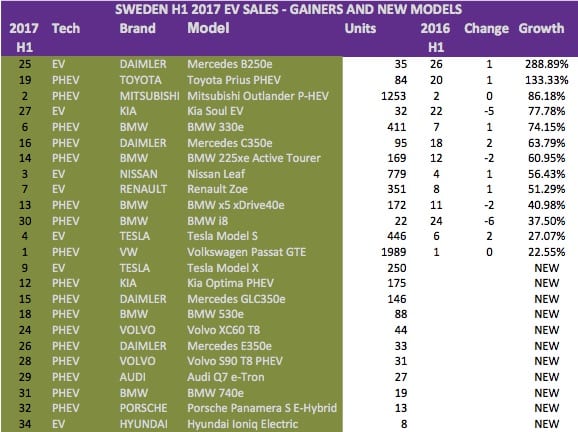
Volvo was the big loser in Sweden during the first half of 2017 despite having a home ground advantage and bringing two new models to market, albeit only in late May. Volvo’s two mainstay plug-in electric cars, the Volvo XC90 T8 and Volvo V60 PHEV, lost nearly a third of their respective sales to brands such as VW, BMW, and Mercedes-Benz.
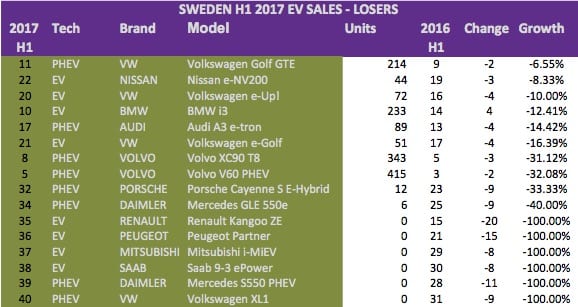
Sweden has a definite preference for plug-in hybrid electric vehicles. Of the ten new models released since the first half of 2016 in Sweden, eight were PHEVs. A total of 5,850 plug-in hybrid vehicles were sold, comprising 72% of the market while only 2,301 pure electric models were sold during the same period. The percentage breakdown of PHEV to BEV in H1 2017 is very similar to that of H1 2016, explaining why most new models released in Sweden were PHEVs despite a halving of the rebate on plug-in hybrids.
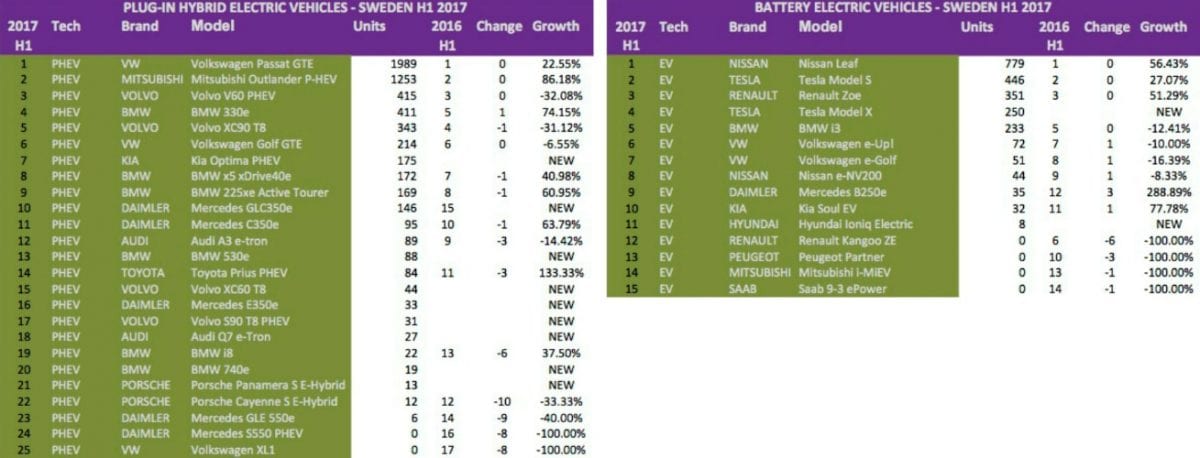
In conclusion, even at a 3.4% of the national fleet (Q4 2016), electric vehicle sales in Sweden remains low compared to its neighbor Norway, which has an EV penetration of close to 30% (Q4 2016). The sluggish performance is linked to the Swedish EV incentive program which has been erratic, linked to a fixed amount of funding which has been depleted a couple of times. Also, the Swedish EV buyer does not get his/her rebate at the point of sale. The Swedish Transport Agency contacts owners after the purchase of the vehicle requesting the completion of a paper process after which they receive the rebate. The rebate of 40,000 kroner (~ $4,500) applied to BEVs and PHEVs up to October 2016 at which time it was halved for PHEVs.
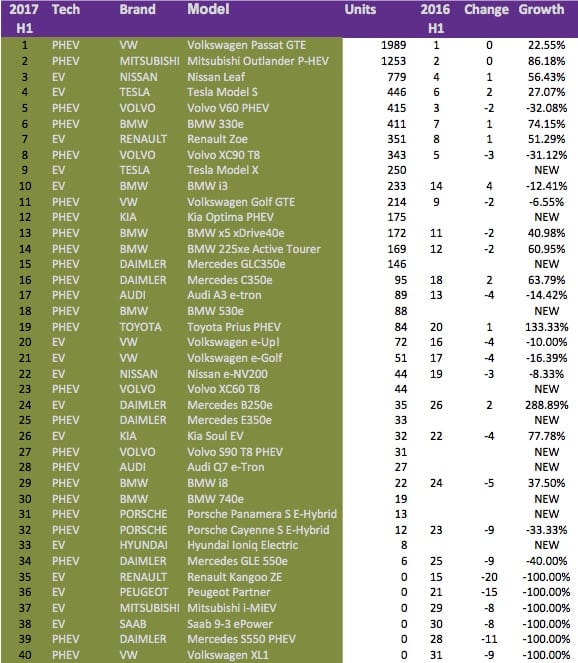
Base data supplied by EV Sales, all calculations, and data representations by wattEV2Buy.
Be sure to check out our new presentation of all EVs since 2010 to gain great insights on all auto brands and their electric vehicle strategies. We have also created presentations per technology type BEV, PHEV, and FCEV.
The page you requested could not be found. Try refining your search, or use the navigation above to locate the post.
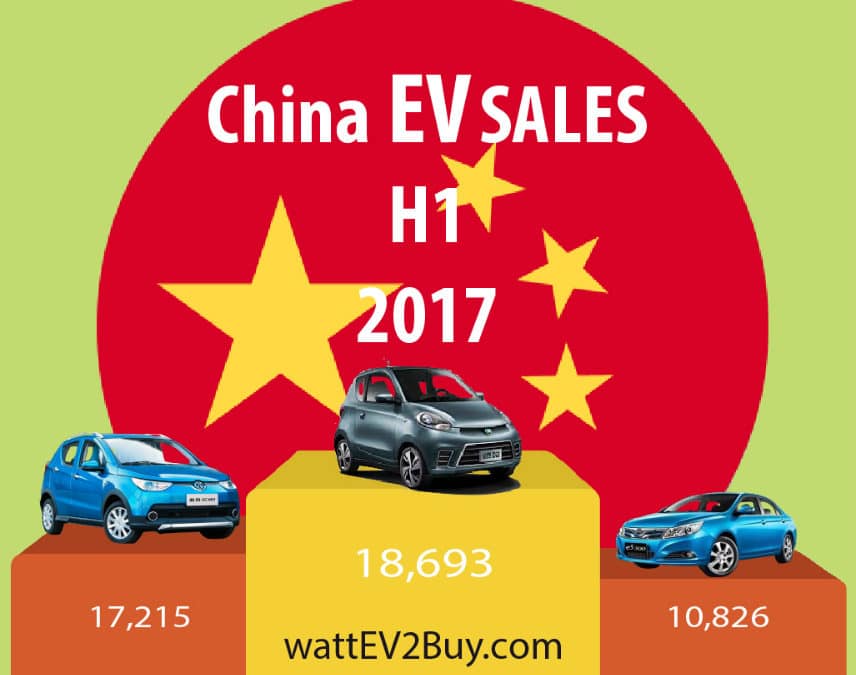
We look at the Top brands and models, the gainers and losers and how the battle between battery electric (BEV) and plug-in hybrid (PHEV) technologies play out in the summary of China EV Sales H1 2017.
The highlights for Chinese electric car sales in H1 2017 was:
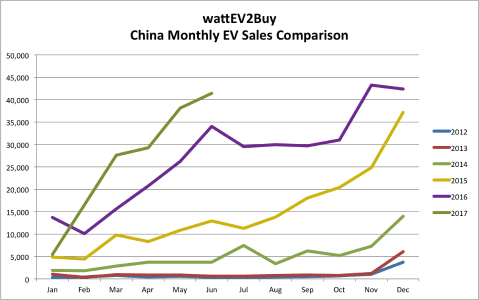
The Top 3 EV brands in China for the first half of 2017 were BYD, BAIC, and Zhidou. Although BYD hung on to its first place, it sees its lead evaporate. BYD hardly registered any sales in the January 2017, and lost sales in its top performing Qin and Tang model ranges to competing new models from BAIC, Chery, and SAIC Roewe. BYD, one of the largest EV brands in the world, is seeing its position as China’s best performing EV brand challenged as it lost over 20% of its sales compared to 2016, while its competitor BAIC more doubled its sales. BAIC benefited from exciting new models entering the market in the last 12 months, with its small hatch, the BAIC EC180 being a top performer for three of the six months ending up the second best selling EV for the semester. Smaller EVs, or City cars, have also performed very well with the popular Zhidou Geely D2 selling nearly 20,000 units. Another brand with small EV models, Zotye, was placed fourth due to the popularity of its Cloud 100, E200 and E30 models. Other Top 10 Chinese EV brands selling city cars included Chery and JMC, both placed in the Top 10. Although JAC brought the exciting JAC iEV6S small SUV to market it was not enough to withstand the onslaught of its peers, crashing out of the Top 3 to the eight position. Tesla also entered the Top 10 list with the Model X performing very well (please note the June 2017 Tesla data did not make it in time for our analysis, which would have aided the brand’s performance). Western brands such as Volvo, BMW through its local partner BMW Brilliance, Daimler and GM mostly gave up market share to Chinese-produced vehicles.
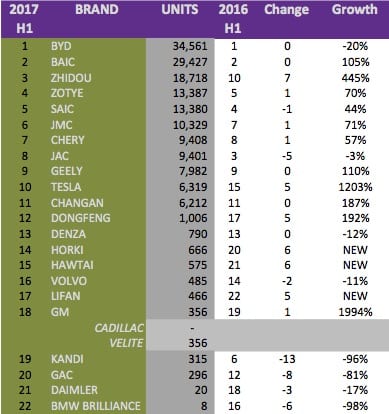
Twenty new EV models entered the Chinese EV market in the first half of 2017 but only three, the BAIC EC180, SAIC Roewe eRX5 and BYD Song DM, made it to the Top 10 list of electric vehicles in China. None of last years Top 5 could hang on to their positions with two of the new models, the BAIC EC180 and SAIC Roewe eRX5, entering the market with Top 5 positions within three months from being launched. Last year’s Top 3 EVs, the BYD Tang, BAIC E200, and BYD Qin all crashed out, with the BYD Tang the only model able to hold on to a Top 10 position. Plug-in Hybrid vehicles could only muster three positions in the Top 20 as small city EVs made up more than half of the units sold in 2017 to date. The popular SUV class accounted for 26% of the units sold in the Top 20 list of EVs in China while plug-in hybrids only accounted for 16% of all the EVs sold. New electric vehicle models made up 31% of all the EVs sold during the period under review.
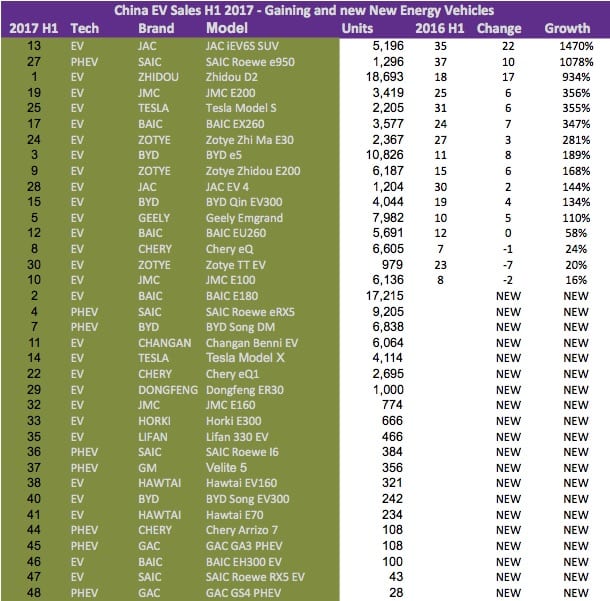
BYD’s ailing fortunes are clear in the list of losers for the first half of 2017 but another popular EV brand from 2016, Kandi, saw diminishing sales as its Kandi K17 Cyclone could not compete with the host of new small city cars entering the Chinese EV market. Clear again is the composition of plug-in hybrids and foreign brands in the list of the worst performing electric cars.
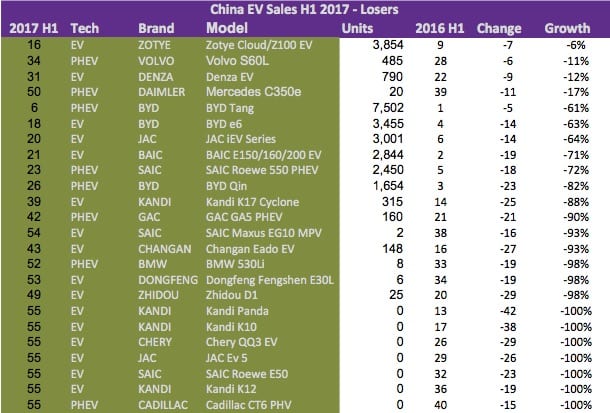
Plug-in hybrid models are losing the battle in China, strange though that 35% of the new models launched in the last 12 months are PHEVs. In the comparable period in 2016 plug-in electric vehicles made up 33% of all the units sold while the vehicle type only contributed to 16% of all sales in 2017.
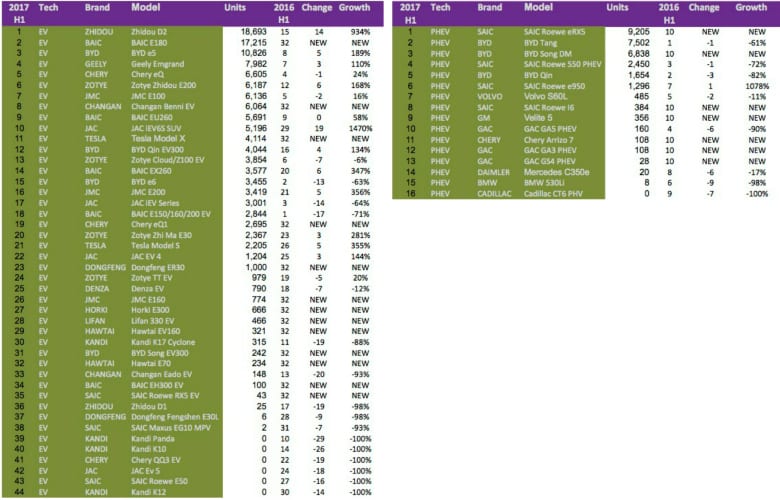
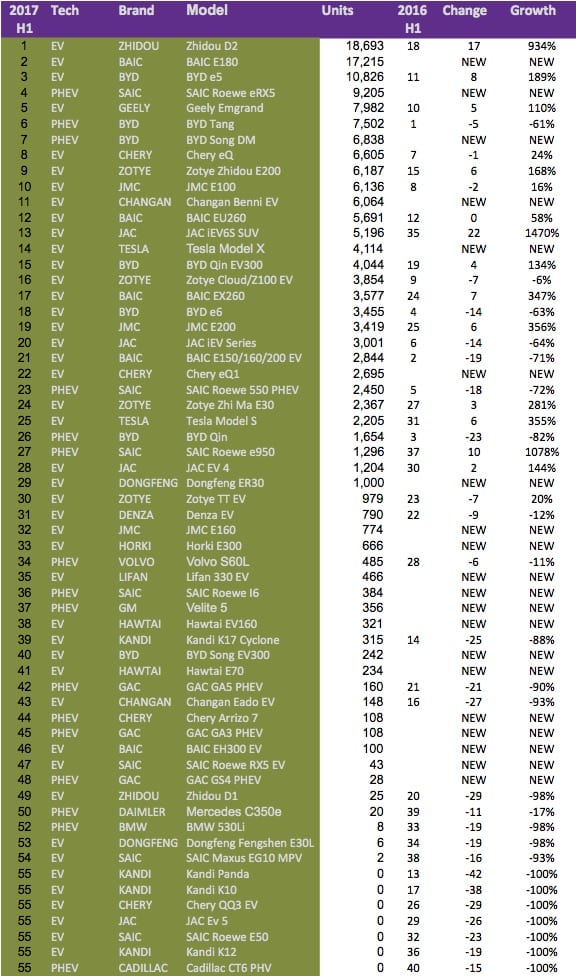
Be sure to check out our new presentation of all EVs since 2010 to gain great insights on all auto brands and their electric vehicle strategies. We have also created presentations per technology type BEV, PHEV, and FCEV.
The page you requested could not be found. Try refining your search, or use the navigation above to locate the post.
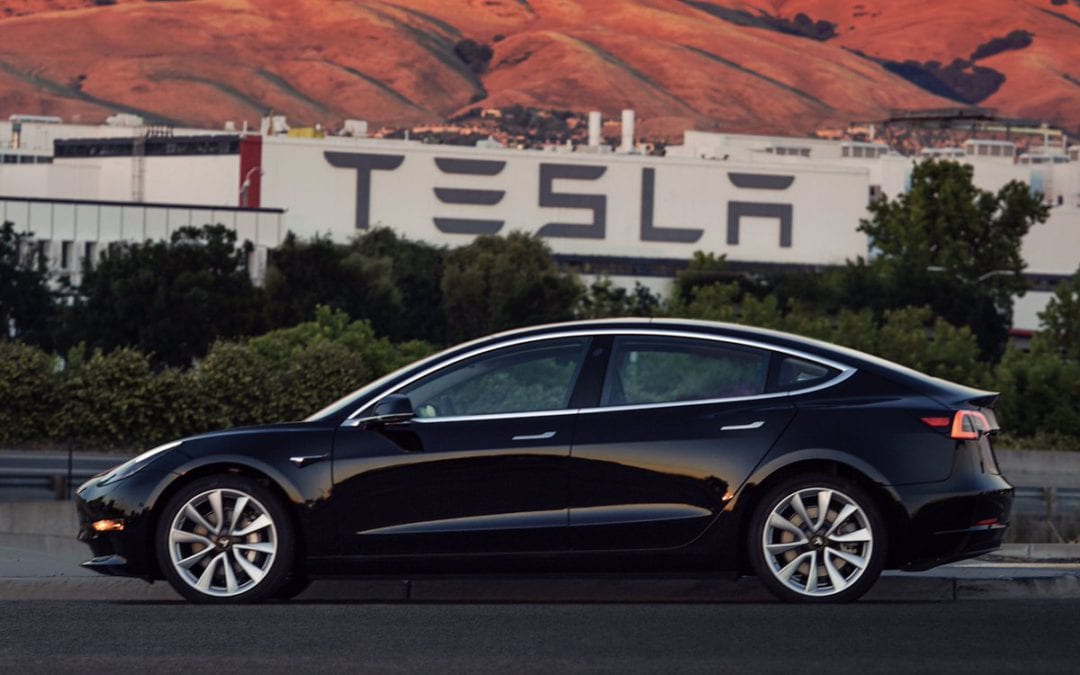
Daimler and Chinese BAIC Motors this week agreed to increase the investment in the Sino-German Joint Venture, Beijing Benz Automotive Co (BBAC), to manufacture electric vehicles. The partners agreed to a further investment of 5 billion yuan (655 million euros / $735 million) at a signing of the heads of agreement in Berlin in the presence of German Chancellor Dr. Angela Merkel and Chinese President Xi Jinping. The investment by the German automaker is a further commitment to electric vehicles as it implements the aggressive electric vehicle strategy. BBAC is the localization of the Mercedes-Benz brand and will see its first electric vehicle rolling off the production line in 2020.
In June 2017 both partners agreed to strengthen their strategic collaboration through investments for New Energy Vehicles (NEVs) in China. As part of the investment agreement, Daimler announced its intention to acquire a minority share in Beijing Electric Vehicle Co., Ltd. (BJEV), a subsidiary of the BAIC Group, with the purpose of strengthening strategic collaboration with BAIC in the NEV sector.
The investment will be used to extend the BBAC plant in Beijing, established in 2005 and already Daimler’s largest Mercedes-Benz passenger car production hub, to become a BEV production hub in China. The establishment of a BEV production hub will commence with the building of an eBattery factory, which would be Daimler’s first foreign location of its global battery production network. Daimler plans to invest one of the ten billion euro earmarked for its electric vehicle strategy in the global battery production network for Mercedes-Benz vehicles. The network already includes the site in Kamenz, Saxony, built in 2010, where a second state of the art battery factory is being built with an investment of around 500 million euros. Mercedes-Benz will source the cell for its battery plant in Beijing from Chinese suppliers.

Tesla‘s Elon Musk announced last Sunday that production of the Tesla Model 3 would commence on Friday the 7th of July, two weeks ahead of schedule. Late Saturday evening Elon posted a tweet showing two pictures of the historic vehicle with serial number one that came off the production line. According to Elon Musk, the rule at Tesla is that the first person to pay the full price will get the first Tesla Model 3 SN1. He responded to a tweet that he has the first Roadster and Model X but not the first Model S. The average sales price for a Tesla Model 3 is estimated to be around $50,000 before incentives.

Electric car sales in the USA and Norway showed healthy gains over the same period in 2016. US EV sales increased 16% over that of June 2016 while in Norway sales jumped 62% for the same period. Electric vehicle sales in Norway now stands at a record 42% of new vehicle sales. Total US EV sales for the year so far stands at around 90,000 units, 39% more than in the first half of 2016. Read our detailed breakdown of EV sales for H1 2017 in Norway and the USA by clicking on the following links.
Summary of EV sales in Norway H1 2017
Summary of USA EV Sales H1 2017
The state-owned Chinese automaker Dongfeng, a top four vehicle producer in China, which primary strategy has historically been the production of localized cars of various international auto companies such as the PSA Group, Hyundai, Honda, Nissan, and Kia. The company’s in-house developed vehicles are sold under the Dongfeng Fengshen brand which up to now had little EV models. On the 3rd of July, the GM of Dongfeng Fengshen announced during the unveiling of its AX4 SUV that the company will focus on SUVs and EVs from now going forward. The GM, Mr. Lui Hong, did not specify if the vehicles will be based on the new AX4 SUV, AX7 or the E70.
VW and robotics firm Kuka this week signed a new co-operation agreement to develop robot-based innovations for all-electric and autonomous automobiles. The new agreement will expand the existing e-smart Connect project which includes a practical and user-friendly solution for charging high-voltage batteries of electric vehicles pictured here charging the VW GenE research vehicle. The Kuka developed charger is a charging solution developed for parking garages.
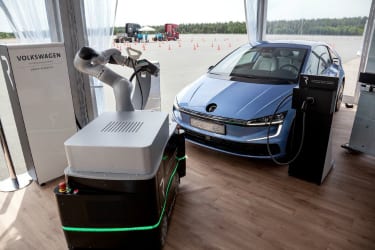 The Volkswagen Group is planning a strategic e-mobility offensive in the course of realigning its drive strategy. By the end of 2018, more than ten new electrified models will be launched on the market. A further 30 models will follow by 2025. These will be all-electric battery-powered vehicles. In parallel, Porsche will manage the ongoing expansion of infrastructure for quick-charging stations. The Volkswagen Group is providing a vision for autonomous driving of the future with the “Sedric” concept car. Audi recently established Autonomous Intelligent Driving GmbH for self-drive systems. This company is carrying out work for the entire Volkswagen Group.
The Volkswagen Group is planning a strategic e-mobility offensive in the course of realigning its drive strategy. By the end of 2018, more than ten new electrified models will be launched on the market. A further 30 models will follow by 2025. These will be all-electric battery-powered vehicles. In parallel, Porsche will manage the ongoing expansion of infrastructure for quick-charging stations. The Volkswagen Group is providing a vision for autonomous driving of the future with the “Sedric” concept car. Audi recently established Autonomous Intelligent Driving GmbH for self-drive systems. This company is carrying out work for the entire Volkswagen Group.
KUKA AG is one of the biggest providers of intelligent automation solutions and is the world’s leading manufacturer of production plants in the automobile industry. The Group’s own Research Department headquartered in Augsburg lays the technological fundamentals for innovations in industrial production and service robotics.
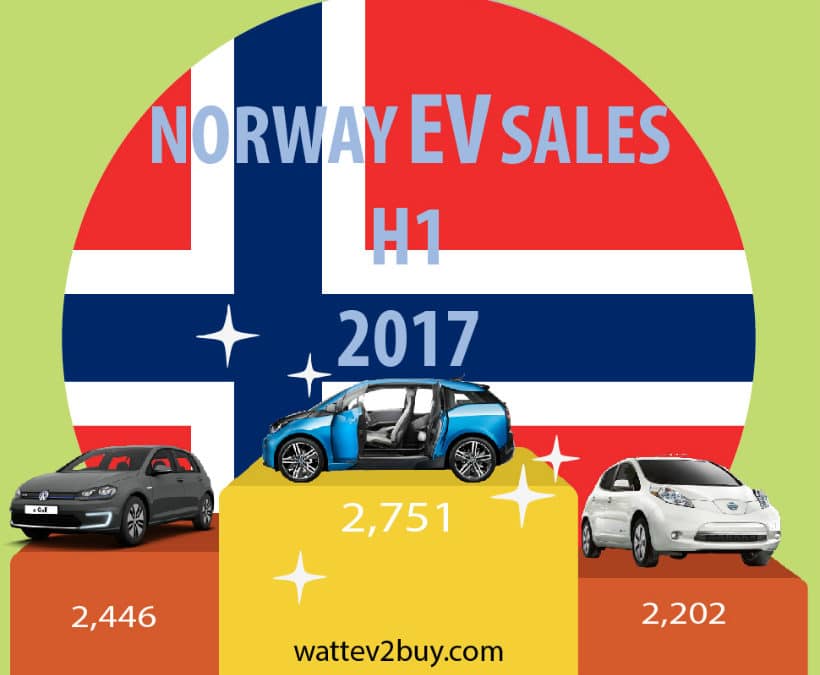
We look at the Top brands, Best and Worst Models and how the battle between battery electric (BEV) and plug-in hybrid (PHEV) technologies play out in the summary of EV Sales in Norway H1 2017.
The highlights for Norwegian electric car sales in H1 2017 was:
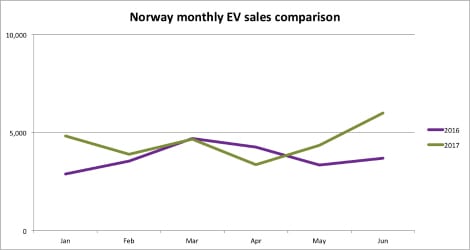
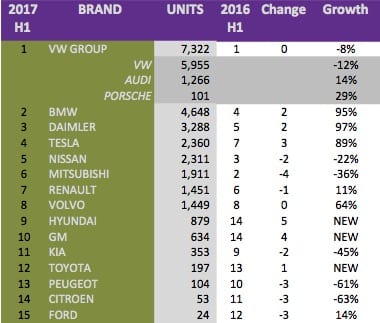 We saw very big changes in the Top 3 electric vehicle brands in Norway with only VW Group retaining its Top position, albeit with lower sales in its mass-market VW brand. Japanese automakers, Mitsubishi and Nissan were pushed from the Top 3 by German luxury automakers BMW and Daimler. Tesla sales also surpassed that of Mitsubishi and Nissan, with a strong performance by the Tesla Model X more than offsetting the slide in Tesla Model S sales. Tesla now commands over 11% of the total EV market in Norway.
We saw very big changes in the Top 3 electric vehicle brands in Norway with only VW Group retaining its Top position, albeit with lower sales in its mass-market VW brand. Japanese automakers, Mitsubishi and Nissan were pushed from the Top 3 by German luxury automakers BMW and Daimler. Tesla sales also surpassed that of Mitsubishi and Nissan, with a strong performance by the Tesla Model X more than offsetting the slide in Tesla Model S sales. Tesla now commands over 11% of the total EV market in Norway.
French automakers Renault, Peugeot and Citroën gave up positions to their peers as Hyundai and GM entered the market with the new Ioniq and Opel Ampera-e (Bolt EV) mass-market EVs. It is disappointing that first movers such as the PSA Group grew too comfortable supplying the same models for the past 5 years without preparing a response to longer range mass-market vehicles. Toyota has not achieved the same stellar sales in Norway with the new Toyota Prius as it did in some of its other markets.
The Top 10 gainers in sales growth over 2016 were mostly plug-in hybrid vehicles (PHEV) while the top selling vehicles by units were mostly battery electric vehicles (BEV). The BMW i3 rose a healthy eight positions and ate into the sales of the VW e-Golf, VW e-Up, VW Golf GTE, Audi A3 e-tron, and Nissan Leaf. Norway is now the second best market, after the USA, for the German manufactured BMW i3 accounting for 8% of all electric vehicles on the country’s roads. The Tesla Model X performed very well, helping Tesla to nearly double its sales in Norway. The rise of the Model X, now the best performing luxury EV in Norway, came at the expense of the BMW X5 xDrive and Mitsubishi Outlander. Luxury brands Daimler and BMW‘s large selection of PHEV models performed well in Norway with the Mercedes GLC350e helping Daimler to be the leader in the luxury class over BMW. It is only Daimler’s lack of an answer to the BMW i3 that kept the automaker in the third spot overall.
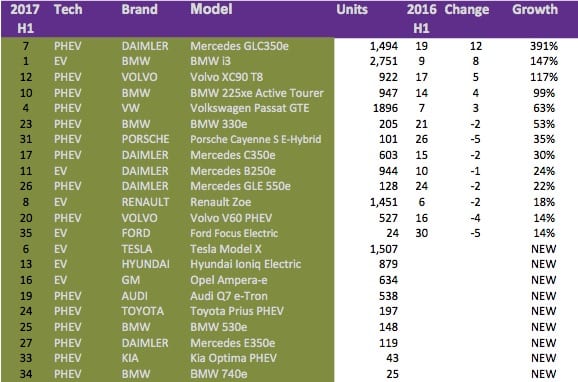
The VW brand sold 1,540 units less than last year across the VW Golf GTE, VW e-Golf, and VW e-Up models. The VW Group lost nearly 2,000 units in total if one should factor in the sales loss from the Audi A3 e-tron. The biggest overall loser was the Mitsubishi Outlander PHEV which sold 1,040 units less than the same period in 2016. The Tesla Model S is following the same trend as we see in many other countries, losing 31% or selling 388 units less than last year.
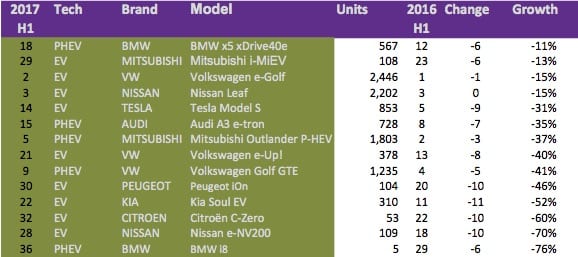
Pure electric vehicles (BEVs) extended their lead over plug-in hybrid vehicles (PHEV) to 20.6% from 17.3% in H1 2016 despite having fewer models to offer. A total of 14,753 BEVs sold in the first-half of 2017 in Norway compared to 12,231 PHEVs. For our calculation, we included the BMW i3 REx as a BEV since we don’t have an accurate breakdown of BMW i3 sales between the BEV and range extended version.
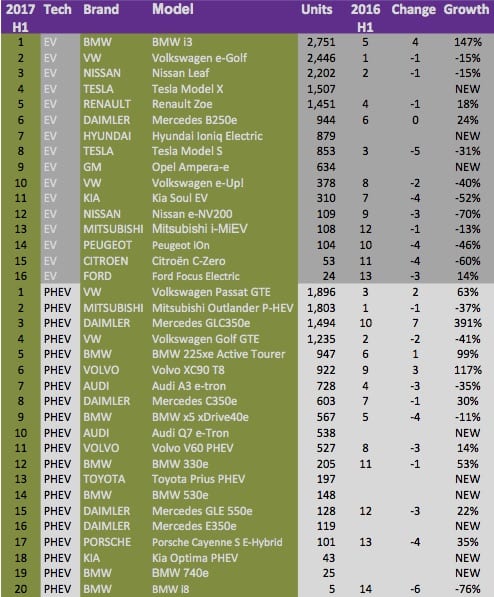
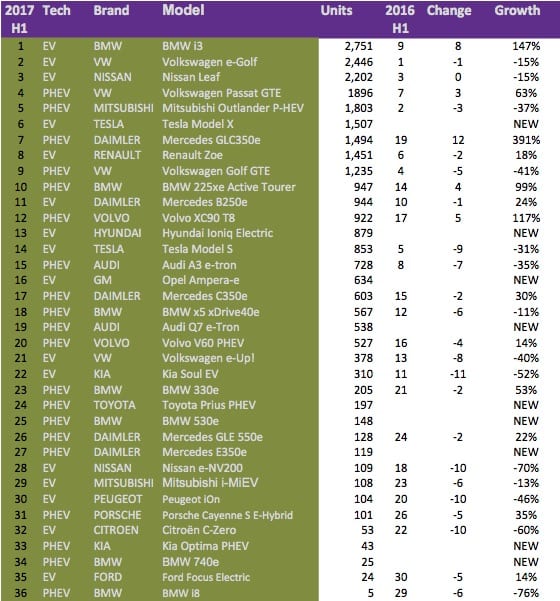
Be sure to check out our new presentation of all EVs since 2010 to gain great insights on all auto brands and their electric vehicle strategies. We have also created presentations per technology type BEV, PHEV, and FCEV.
The page you requested could not be found. Try refining your search, or use the navigation above to locate the post.
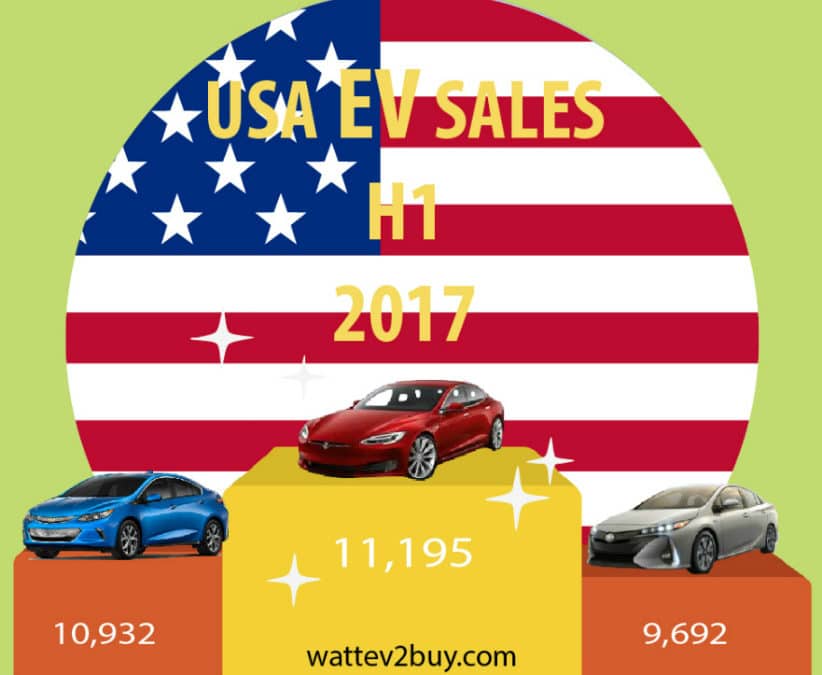
We look at the Top brands, Best and Worst Models and how the battle between battery electric (BEV) and plug-in hybrid (PHEV) technologies play out in the summary of USA EV Sales H1 2017.
The highlights for USA electric car sales in H1 2017 was:
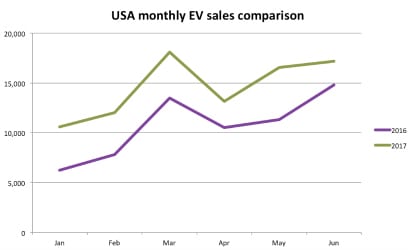
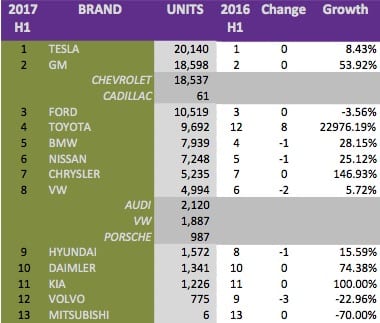
There are no surprises in the Top 3 EV brands with Tesla holding on to its lead over GM due to a 24% rise in Tesla Model X sales. GM could not dethrone Tesla even with a new model, the mass-market Chevrolet Bolt EV up its sleeve. Improved sales in the 2nd Quarter from the Ford Fusion Energi and C-Max Energi helped the brand retain its third position fighting off the strong performance of Toyota with the new Toyota Prius which was placed third at the end of the first quarter.
Most brands showed improved sales growth over the first half of the year with only Ford, Volvo, and Mitsubishi showing declining sales. The Volkswagen Group showed a declining trend as the year progressed and mustered the lowest growth. The declining fortunes of the German automaker can be attributed to the Volkswagen e-Golf not being able to compete on range with the new mass-market Chevrolet Bolt being sold in the same price bracket. Chrysler showed the highest growth after Toyota buoyed by the new Chrysler Pacifica and great specials on its compliance car, the Fiat 500e. The results might have been better for the US automaker, but the Chrysler Pacifica launch was delayed and then impacted by recalls and plant closure due to battery problems.
Most of the existing models showed growth lower than the overall growth due to the big number of new models to the market. Surprisingly the Ford Focus and Fiat pure electric models outperformed the market showing that the public is becoming more comfortable with range issues and the continuously improving charging infrastructure is starting to have and effect on top of the financial incentives making EVs appealing.
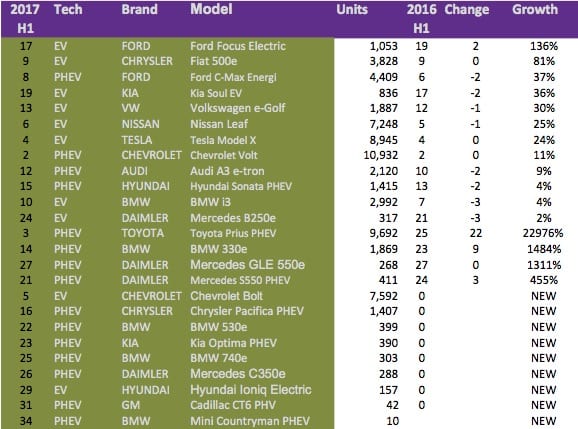
European plug-in vehicles were the biggest losers in this half of 2017 with a number of the luxury PHEV models losing big. Volvo and BMW saw some of their relatively new models losing steam. Both the BMW x5 xDrive and Volvo XC90 T8, released in 2016, lost market share in favor of the Tesla Model X. The Tesla Model S sales have flatlined although it remained the top selling BEV model. It will be interesting to see how the new Daimler Smart ForTwo ED fares in the second half of 2017. The German automaker is relaunching the brand as electric only in the USA and Canada from this summer and will offer a slightly improved model at a marginally reduced $23,800 starting price before incentives.
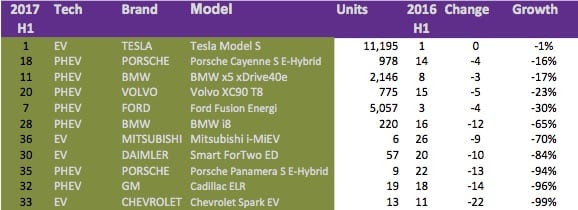
Battery electric vehicles are still maintaining its lead over plug-in hybrids albeit at a lower margin. BEVs took six positions in the Top 10 EV sales for the USA in the first half of 2017. The ever increasing number of plug-in models benefits the technology in the short term as it competes with only a handful of pure electric models. The Plug-in hybrid category benefited mostly from the release of the new Toyota Prius and to a lesser extend the Chrysler Pacifica. The Tesla Models X and S constitute nearly 44% of all BEV models showing the company’s dominance in the sector. The commanding position will improve even more with the release of the Model 3 in the second half of 2017 which might add about 40,000 units depending on the production ramp-up. The release of the Tesla Model 3 and new Nissan Leaf, expected by the end of the year, should help pure electric vehicles outperform the more dirty plug-in hybrids in the second half.
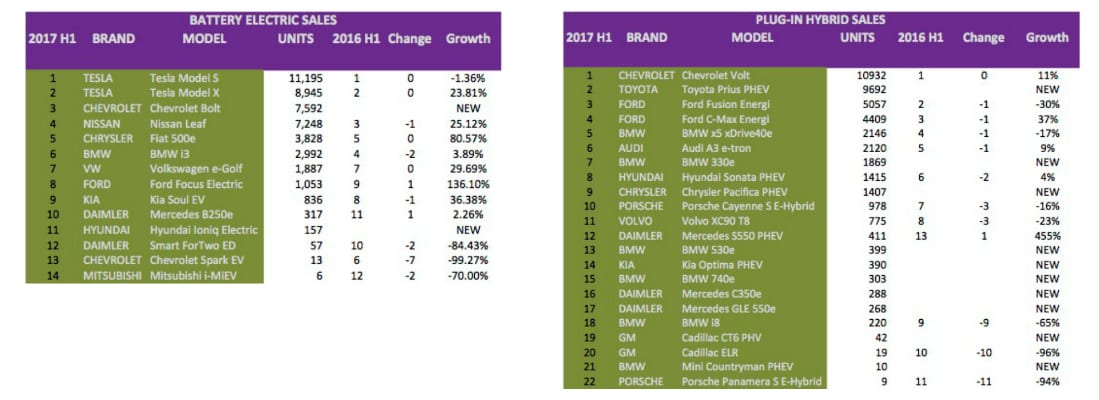
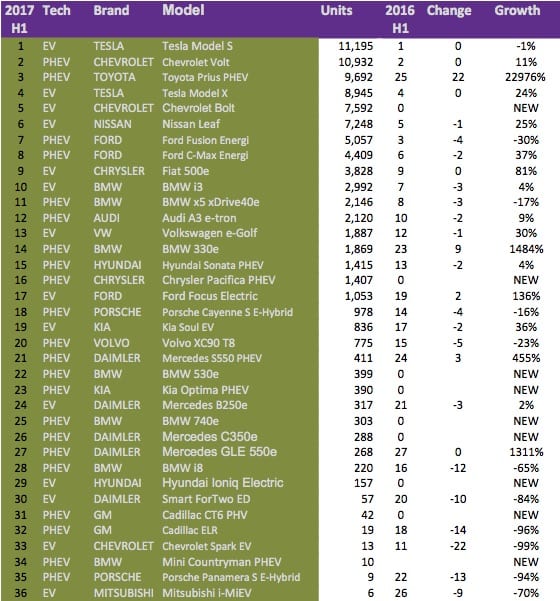
Be sure to check out our new presentation of all EVs since 2010 to gain great insights on all auto brands and their electric vehicle strategies. We have also created presentations per technology type BEV, PHEV, and FCEV.
The page you requested could not be found. Try refining your search, or use the navigation above to locate the post.
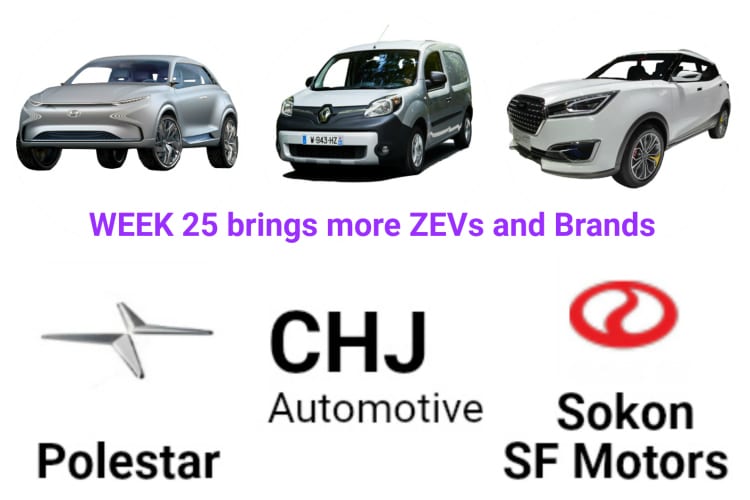
Tesla is aggressively targeting Asia for expansion. Last week we reported on Elon Musk’s tweet about the US company’s efforts to enter the Indian market. Musk in his TED interview in May eluded to Tesla pursuing the signing of up to five Giga factories by year-end. Rumors that Tesla will establish a factory with the Shanghai Municipality was quashed byAutomation Instrumentation company, Shanghai Lingang Holdings Ltd. The company denied any contact with Tesla related to a China-based factory as the news created a spike in the Chinese company’s share price. Tesla in the meantime responded with the following press statement:
“in order to better serve the China market, Tesla is exploring the possibility of establishing a Chinese manufacturing plant with the Shanghai municipal government. Based on the previous communication, by the end of this year, the localization plan will be more clear. Tesla has been committed to cultivating China market. At the same time, in order to better serve the market all over the world, we are constantly assessing the potential factory location in the global area. Although we expect that most of the production will be completed in the United States, we need to set up factories overseas to ensure more local consumers can afford our products.”
Tesla is looking to establish local production in world’s largest market for electric vehicles to escape the 25% import duty on its models. Tesla also this week began delivering the Model S 90D in South Korea announced the launch of the Model X in Indonesia.
Other Tesla headlines this week saw the announcement of the start of the production of the Model 3 battery cells and the resignation of its Autopilot Head, Chris Lattner. Chris Lattner joined the company barely six months ago. Both Chris and the Tesla cited that he did not fit the company’s culture.
SAIC, the state-owned top four Chinese auto manufacturer and CATL, top lithium battery manufacturer, this week established two joint venture companies in a bid to challenge Tesla’s dominance in the EV and Battery sectors. CATL and SAIC will play to their strengths in the separate JVs with CATL focusing on battery technology and SAIC on drive train development.
In a similar vein, BYD, the top selling EV manufacturer in China for two years running has spun its battery division into a separate entity allowing it sell batteries to other Chinese and international auto manufacturers.
Ford this week publicly presented its autonomous Ford Fusion Hybrid we reported on at the end of last year. The self-driving Fusion was put through its paces at the University of Michigan where it successfully navigated daily traffic conditions at a top speed of 25mph.
The French PSA Group announced that it plans to have a Level 3 self-driving vehicle by 2020 and introduce semi-autonomous DS 7 Crossback next year. The PSA systems are called ‘Traffic Jam Chauffeur’ and ‘Highway Chauffeur’.
Audi started testing Level 3 autonomous vehicles in New York. Audi calls the technology ‘Audi Highway Pilot’.
Texas signed a bill authorizing testing of self-driving cars on public roads.
French self-driving manufacturer Navya announced the establishment of a US-based plant in Michigan and aims for the start of production by the end of the year.
Two VW Group companies this week confirmed the production of exciting concept vehicles introduced recently.
Audi announced that it will start producing the Audi e-tron Sportback EV at its Brussels plant from 2019 while VW’s Chairman, Dr. Herbert Diess confirmed that it will produce a version of the of the I.D. Buzz unveiled last year. The I.D. Buzz will join the I.D. Crozz in production and compete with Tesla‘s expected Type II people carrier.
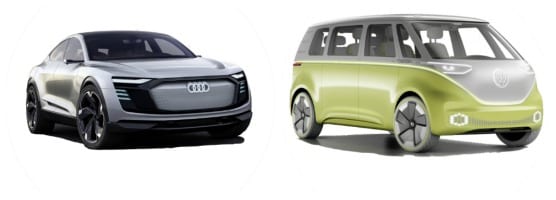
This week was another bumper week for the EV sector as two new EV-specific brands were created alongside the usual flood of new ZEV models we are now getting used to.
Volvo created a high-performance electric vehicle company by rebranding its Polestar High-Performance Division. Volvo teased the new logo and announced the new management, under the leadership of its Design VP, Thomas Ingenlath, now Polestars CEO. Polestar will continue its engineering work under its old logo but will turn the sub-brand into an electrified global high-performance car company with the new branding.
Chongqing Sokon, one of the 15 Chinese companies with EV production certificates and owner of US based AC Propulsion this week acquired US AM General’s auto assets for $110 million. The acquisition includes the Hummer plant in Indiana and will be housed within its USA unit, SF Motors. Sokon has made a number of aggressive moves the last 12 months, including the signing of Tesla co-founder Martin Eberhard but so far has not made any clear indication of how all these actions will translate into a strategy.
CHJ Automotive announced during a Round A capital raising that it will create a new vehicle category for city application by bringing an ultra- compact two-seat EV to market in 2018 from its plant in Changzhou, Jiangsu province.
Zotye announced that its sixth and latest production facility, completed recently in Chongqing, will produce an electric SUV, the M12 or Zotye T300E as well as a PHEV MPV the seven seat B40.
Hyundai announced this week that it will produce 3,600 units of its Future Eco (FE) FCEV model.
Renault launched the upgrade to its MPV, the Kangoo Z.E EV. The new Kangoo has a 50% improvement in range from its 33kWh battery, allowing it to achieve a NEDS range of 270km (170miles).

EV sales in the USA are up 43% Year-to-Date after sales in May resulted in it being the second best month for electric cars for the year 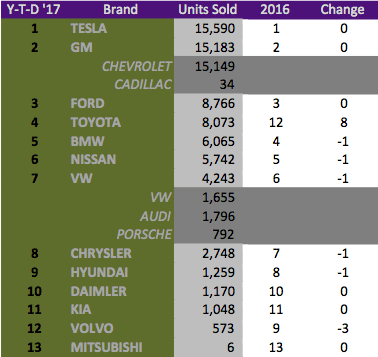 so far. May 2017 sales outperformed May 2016 with a 46% increase. The tussle between BEVs and PHEVs is to close to call as pure electric vehicles continue giving ground on the lead at had over PHEVs, with PHEVs outselling BEVs in May with 8,325 units vs. 8,243 pure electric vehicles which include the BMW i3 REx.
so far. May 2017 sales outperformed May 2016 with a 46% increase. The tussle between BEVs and PHEVs is to close to call as pure electric vehicles continue giving ground on the lead at had over PHEVs, with PHEVs outselling BEVs in May with 8,325 units vs. 8,243 pure electric vehicles which include the BMW i3 REx.
The best performing electric vehicle for the month was the Toyota Prius, dethroning the Chevrolet Bolt for the first time this year. The Tesla Model S also dropped out of the top 3, a rare occurrence, making way for its sibling, the Tesla Model X. The Hyundai Ionic and Chrysler Pacifica both climbed five or more positions for the year, with the Chevrolet Bolt increased its units sold with 21% on April but remaining in the 5th place overall for the year. The big losers for May 2017 were the Mercedes C350e, Audi A3 e-tron, and Ford Focus Electric.
The Top 3 brands remained the same as this time last year with Tesla, Chevrolet and Ford taking the top three positions. The rest of the brands had to make way for the rise of Toyota, taking the 4th place. Volvo gave up the most ground, falling from 9th to 12th spot.

Toyota confirmed this weekend that it divested from Tesla as it exited the co-operating agreement the companies had on electric vehicle technology. Toyota acquired 3.15% in Tesla in 2010 for $40.5 million, a stake which would have been worth $1.75 billion at Friday’s close. According to the Japan Times Toyota announced that the sale of the stake, which happened in trances between October 2014 and the end of 2016, is “a part of a regular review of business alliances.” The partnership resulted in the development of an electric Toyota RAV 4, which was abandoned as the company changed course away from EVs to hydrogen fuel cell technologies.
The Indian Government’s Department of Energy posted a blog in which it reiterates its ambition to only sell EVs by 2030 through its National Electric Mobility Mission Plan on which we reported on in Week 17. The Government’s plan set a target of between 6 and 7 million units by 2020 already, which seems overly ambitious as EV sales have yet to pick-up in the country. One if its largest automakers Mahindra and Mahindra last week announced that it only now plans to increase its battery production capacity from 500 units to 5,000 a month, a far cry from what should be needed if it wants to produce its fair share of 6 million units. The blog sees that EVs will reach parity with ICE vehicles by 2022. Bloomberg New Energy Finance in a report last week saw this only happening in 2025. Automakers such as Mahindra is reluctant to overly invest in EV manufacturing infrastructure while the prices of ICE cars remain cheaper than EVs in a country where the consumer is very price sensitive. The Indian Government is yet to definitively announce what financial contribution it will make towards achieving the goals, other than saying it acknowledges that it will need to carry the industry for the first three years.
Chinese Premier, Li Keqiang, and German Chancellor, Angela Merkel met on Thursday to discuss various trade issues between the two countries, amongst others the impact of the China’s ZEV-like quota on German automaker’s expansion plans in the Asian country. The Chinese Government proposed that car manufacturer had to achieve a level of 8% EV sales by 2018. Although not confirmed Reuters on Friday reported that the Chinese Government agreed to delay the quota to 2019 for German companies but that they should ramp up EV deliveries at a later date.
As the electric vehicle sales in neighboring Norway climbed 30% year-on-year for the month of May the CEO of Russia’s largest oil company, Rosneft PJSC, Igor Sechin denounced EVs as overrated. Mr. Sechin was quoted by Bloomberg during a speech at the St.Petersburg International Economic Forum saying Tesla is overvalued and EVs are “not as popular as had been expected” in Europe’s biggest economies. Mr. Sechin went further saying “The market’s assessment of the prospects of electric car producers, in our view, is significantly overestimated,” and that “Until the electric transport industry becomes as user-friendly and attractive for consumers as the cars with internal combustion engines, the prospects for electric vehicles remain largely uncertain.” Rosneft that had 2015 revenues of nearly $100 billion market value was clipped by that of Tesla at the end of May 2017. Tesla shares were up nearly 60% for the year while Rosneft was down 20%.
We acknowledge Donald Trump leaving the Paris Climate Pact but took a decision to rather report on other EV related stories of the week.
Interested in learning more about Chinese electric vehicles? Download our fun and easy app below, flick the China switch and swipe left the models you don’t like, right the ones you do, enter the chat rooms and share your thoughts with the community.

Recently the Chinese Government embarked on a program to clean up the electric vehicle sector which has been negatively impacted a confluence of companies rushing to produce electric vehicles lead to subsidy fraud and sub-standard products. At some point in 2016 over 200 companies had business plans to profit from the Chinese Government’s aggressive program to establish a dominant electric vehicle sector. A large number of the business operating in the sector had no previous experience in producing cars, among them were IT and Social Media companies such as Tencent (Future Mobility and Tesla), Baidu / BitAuto (NextEV) and LeEco (Faraday Future). The Chinese authorities became concerned that the unregulated development of the sector could lead to an oversupply of vehicles as the total planned capacity from the 200 companies reached over 50 million units annually, ultimately negatively impacting the sustainability of its program. At the end of 2016, the government closed or fined various manufacturers who were caught taking advantage of the subsidies to promote the adoption of electric vehicles. Further measures to regulate the industry included:
Other adjustments were made to entry applications in the auto sector by requiring joint ventures with foreign automakers, such as Denza, to be approved by the investment department of the State Council, local manufacturers need approval from the relative provincial government. The State Council indicated that in principal new capacity to combustion plants should be capped effectively halting development of new combustion plants.
At the time of publication, only fourteen companies have so far received production certificates for new energy vehicles, the last being Guangdong GreenWheel Electric Vehicle Co. Ltd which received approval to develop a 50,000 unit plant in Mingcheng Industrial Park. Greenwheel indicated that the plant would be developed at a cost of $267 million ( RMB 1.783b ). To successfully apply for a production certificate, the applicant needs to convince the authorities that it can research and develop key technologies such as powertrains. The other companies with development certificates are BAIC BJEV, Changjiang EV, Qiantu Motor, Chery New Energy, Jiangsu Minan, Wanxiang Group (Karma Automotive), JMC EV, Chongqing Jinkang, NEVS, Yudo Auto, Know Beans, SD EV, and Hozon Auto.
Up to now Chinese auto manufacturers provided very sketchy specifications on the electric range of their models, mostly indicating how far the vehicle can travel at a constant speed of 60km/h. To protect and assist the consumer the Chinese Automotive Technology and Research Center for the first time introduced an EV Test through the issue of the Chinese First Electric Vehicle Management and Evaluation Rules. The first classification process should be completed in the second half of 2017. The classification would be done by a five-star rating focusing on the following key performance areas:
The Chinese Government aggressive EV strategy targets the sale of 800,000 electric vehicles in 2017, increasing sales to two million units per annum by 2020. The top ten automakers, including FAW, Dongfeng Fengshen, Chana, SAIC, GAC Trumpchi, and Great Wall finalized production plans to produce over 4 million units by 2020 at a planned investment of $12 billion (RMB 80 billion ).
Interested in learning more about Chinese electric vehicles? Download our fun and easy app below, flick the China switch and swipe left the models you don’t like, right the ones you do, enter the chat rooms and share your thoughts with the community.
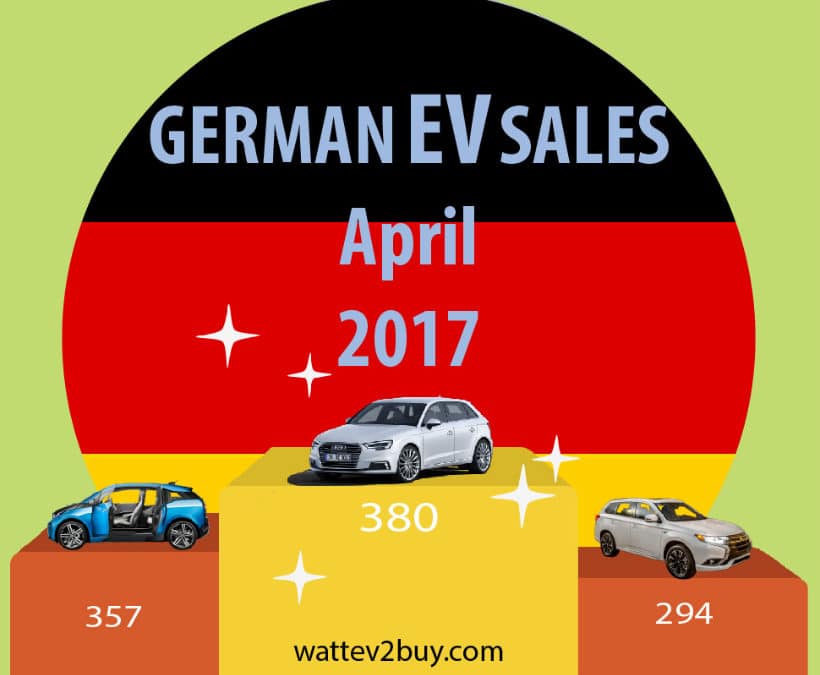
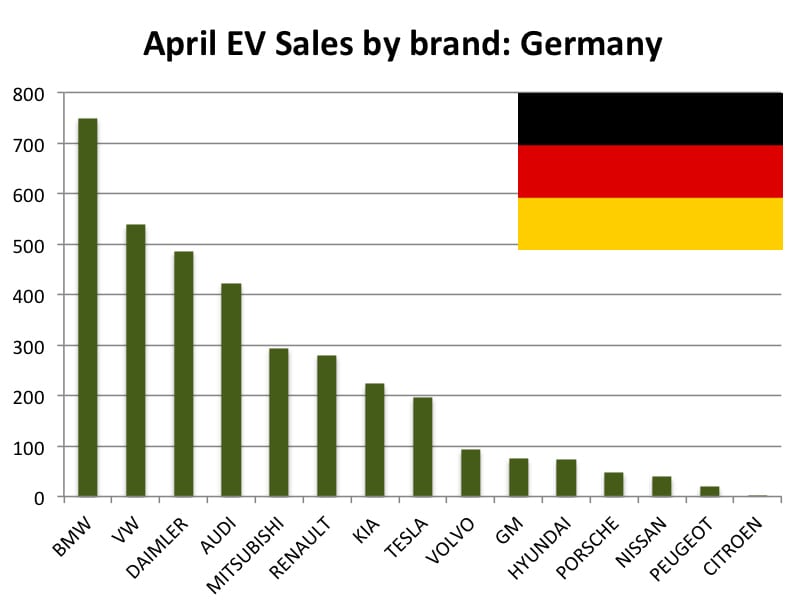
The pace of German electric vehicle sales just keeps on accelerating as the country’s April EV sales jumped 119% compared to the previous April, bringing the year-to-date increase to 82%, up from 77% in March. Battery Electric Vehicles (BEV) maintained a slight lead over Plug-in Hybrid Electric Vehicles (PHEV) with 6,843 units sold vs. 6,728. Plug-in Hybrids were, however, the leading technology for the month of April with 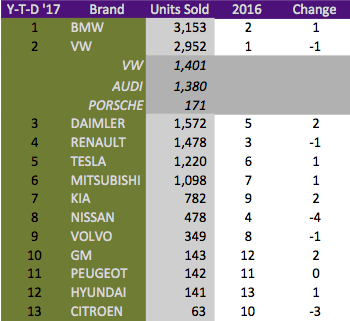 1,953 units sold vs. 1,587.
1,953 units sold vs. 1,587.
The Top EV brand in Germany is BMW, taking the crown from VW. The BMW i3, which kept on to its second position overall and the BMW 225xe Active Tourer accounted for nearly 80% of the German automaker’s total sales. Significant of the BMW i3 sales is that the consumer is shifting away from the i3 REx range extended PHEV, last years preferred variant, to the pure electric version. The ratio in 2016 was 474 i3 REx to 216 i3 BEV vs. 897 BEV to 551 REx now. The shift towards the pure electric version is an indication that consumers are getting more comfortable with the technology and that range anxiety is becoming less of a deterrent. Surprising is that Nissan lost a lot of ground in Germany, this was due to the fall in Nissan Leaf sales. The popular, yet dated Leaf, has been able to hold its commanding position in most other markets, so we have to ask the question if Germany is a sign of what’s to come. Nissan teased some pictures of the new Leaf, expected in 2018 this week. The VW brand was one of the other losers for the year-to-date, mostly due to falling Volkswagen Golf GTE and e-Golf sales. The new Renault Zoe Z.E. 40 was the most popular car in February and March but lost ground in April to the BMW i3, Audi A3, and Mitsubishi Outlander.
Smaller and cheaper models remained the top performers in Germany, but new models such as the Opel Ampera-e (rebadged Chevrolet Bolt), Hyundai Ionic and Mini Countryman SE ALL4 has yet to perform. In the luxury segment, Mercedes-Benz outsold Volvo, BMW, and Audi. Tesla remained the best performer in the luxury segment, maintaining its position, owning 10% of the total electric vehicle market in the country. The Toyota Prius, a top performer over the last couple of months in the USA and Japanese markets, is not yet available in the German market and it is unclear if it will be available here.
At this rate, Germany is expected to surpass its 2016 record with about four months to spare, a great achievement for the electric vehicle sector, boding well for global EV sales in 2017.
Please feel free to use the comment section below to share your thoughts on the German EV market and available models.
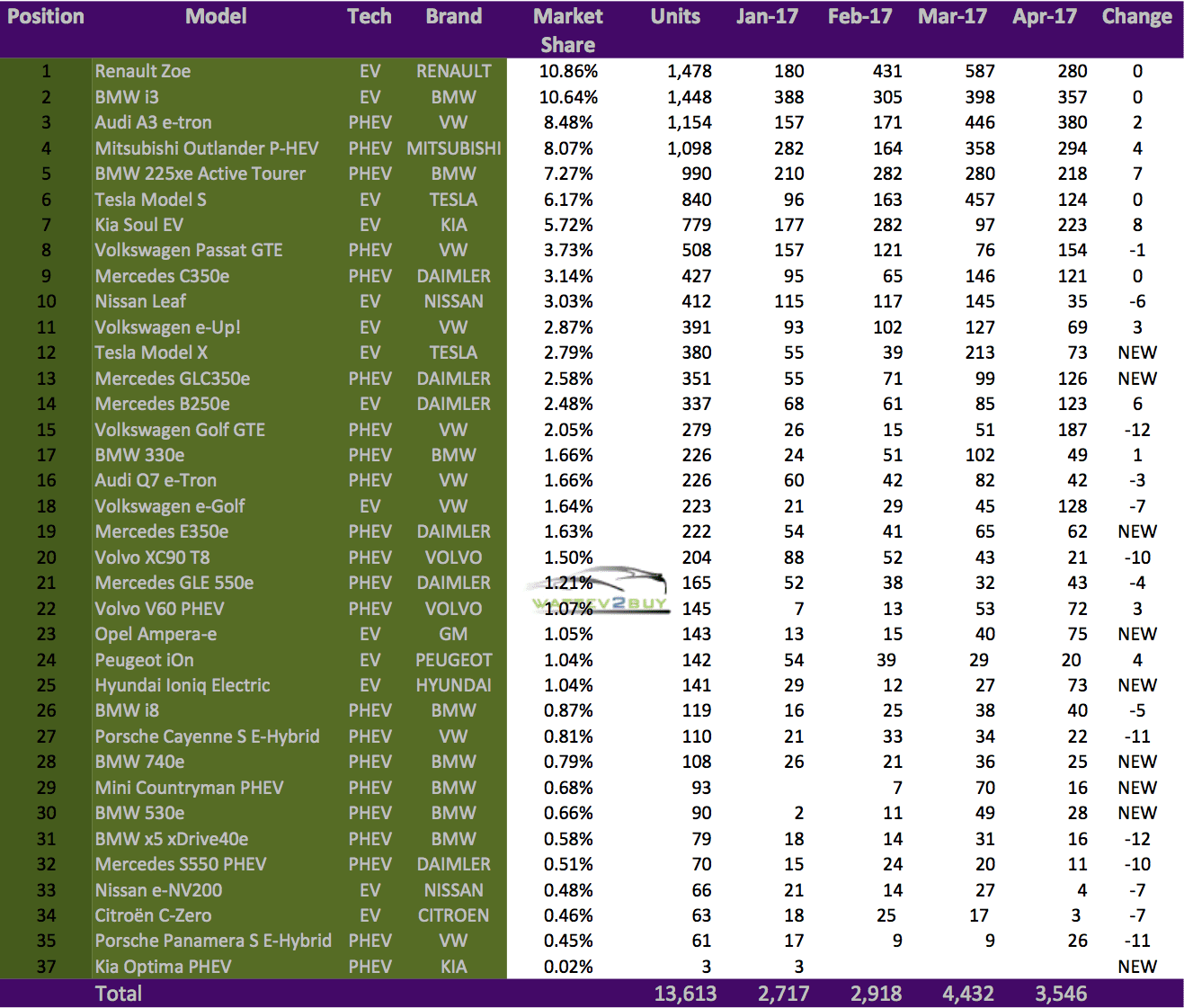
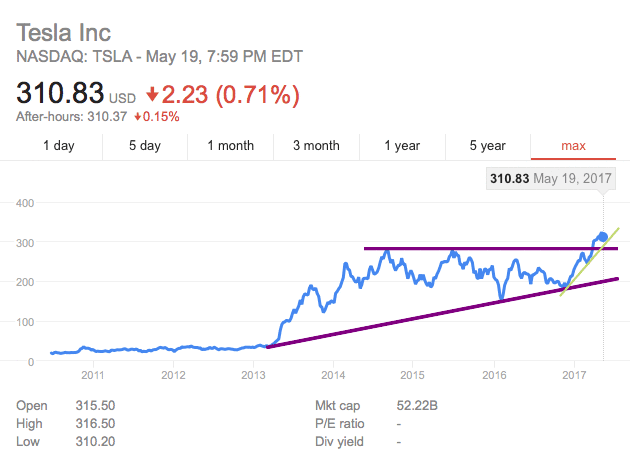
#1 – Where to next for Tesla’s share price after Morgan Stanley downgrade?
On the third of April, I predicted that Tesla’s share price will at least reach a first target of $320 after the breakout of the resistance at $290. This week Morgan Stanley analyst Adam Jonas, one of the pro-Tesla investment houses of late, downgraded its position to “equal-weight” from “overweight”, sending the stock down 3% and closing the week at $310.83 from a high of $325.22. The Morgan Stanley call is purely based on the Model 3 deliveries, which it now sees lower at a higher associated cash burn on R&D and Capex.
Tesla CEO Elon Musk also referred to the high share price in a telephonic interview this week with the Guardian where he was quoted saying “I do believe this market cap is higher than we have any right to deserve”. Before hitting the sell button it is important however to read Elon’s statement in the correct context, that investors price the share based on expectations not on past performance. The statement was made in a similar vein as a tweet by him in April on the topic where he responded “Tesla is absurdly overvalued if based on the past, but that’s irrelevant. A stock price represents risk-adjusted future cash flows.”
Technically I still hold out that there is more in the share price and that the count in the breakout formation at $290 in April can see the price go as high as $400, but at least $380 with a stop loss at $285. Should the stock fall through $285 look for buying opportunities again in the lower $200’s. Fundamentally, however, it all boils down to Tesla’s ability to surprise the market on Model 3 deliveries, which everyone and its dog seems to doubt. Watching the recent Ted interview of Elon Musk and listening to the Skype interview of Tom Mueller, Chief Propulsion Technology Officer at SpaceX, with a group of astronomists at the New York University Astronomy Society my money is on Tesla surprising the market on the upside, barring no technical issues arise in the new plant. Read extracts from Tom Mueller interview below and decide for yourself.
And now we have the lowest-cost, most reliable engines in the world. And it was basically because of that decision, to go to do that. So that’s one of the examples of Elon just really pushing— he always says we need to push to the limits of physics. Like, an example I’ll give is, on the car factory; you know, a car moves through a typical factory, like a Toyota or a Chevy factory; a car is moving at you know, inches per second. It’s like, much less than walking speed. And his thoughts are that the machinery, the robots that are building the car should move as fast as they can. They shouldn’t be moving so fast you can’t see them. That’s why you can’t have people in there, because they’d get crushed; people move too slow. That’s the way he thinks. “So, what are the physical limits of how fast you can make a car?” He looks at videos of like, coke cans being made, and things like that, where you can’t even see them; it’s just a blur. And, you know, the puck of aluminum, cut it up, deep-draw, fill it with coke, you put the lid on, you put the lid on it; it’s just like going down the assembly line so fast you can’t even see it. And Elon wants to do that with cars.
That’s just the way he thinks. Nobody else thinks that way. And that’s why he’s going to kill the industry; cars also. Because it’s just going to make these cars— basically, you can make, you know, ten times as many cars in the same size factory if you do it that way. And that’s, you know, the major cost of the car is not the material in the car; it’s the factory that builds the car. So that’s the way he thinks. He looks at it from first principles, like “Why does a car cost so much to make?” Well, you’ve got this gigantic piece of real estate, and all these employees in this gigantic building; and you can only make so many cars in this building. You need to make more cars in the same building with the same number of people. And that’s what they’re working on at Tesla.
#2 – NIO EP9 Shatters records set by all production car at Nürburgring
In November 2017 the NIO EP9 broke the record as the fastest Electric Vehicle around the challenging German circuit, the Nürburgring in a time of 7:05:12. The start-up brand NIO then proceeded to complete the world first autonomous lap at a speed of 160 mph around the America‘s Track in Austin Texa. As if all these records weren’t enough the NIO EP9 this week shattered all records for production vehicles set around the around the Nürburgring. The record means electric vehicles are now officially faster than combustion based production cars. The NIO EP9 set a new lap record in a time of 6:45.90 around the 12mile long track, a full 6 seconds faster than the previous record set by the Lamborghini Huracan performance. See the video of the lap here. The weirdest thing about the lap is that the noise, or lack of it, does not give you the impression of speed but more the feeling that its a Scalextric toy race car.
#3 – Toyota still not fully behind electric vehicles
Toyota still has not completely put its full weight behind electric vehicles is it continues pursuing Hydrogen Fuel Cell (HFC) technology. The Japanese automaker this week announced that it signed a Memorandum of Understanding with ten companies to jointly develop 300 HFC stations of the next 10 years in the country. Even though Toyota pioneered the first mass-market Plug-in Hybrid the company forsook the lead it had on the technology for a hydrogen future. Last year the company admitted that electric vehicles have some relevance by creating a new division to build its first pure electric vehicle. The CEO, Akio Toyoda personally took leadership of the division but the company has not changed its strategy away from the HFC path with it sees as the relevant technology from 2025. The HFC strategy is in conflict with most recent analysis which sees electric vehicles becoming the dominant technology from 2025, some forecasts this week even says it will completely replace combustion engines.
#4 – Electrified public transport gets a leg up this week
As electric vehicles become more popular so does the application for other modes of transport. For long the Chinese automakers, such as BYD and Changjiang had the monopoly on electric buses, but this week we saw more automakers enter the segment. The challenge with electric buses, other than cars is that you need ultra fast charging of huge batteries, and these huge batteries add weight to the vehicle.To be equipped with a 256kWh battery. Two automakers outside of mainland China this week announced that they are entering the electrified bus market.
Hyundai announced that it would develop an electric bus for the local market next year. The bus is expected to be equipped with a huge 256kWh battery.
Mercedes-Benz released the following statement at the Global Public Transport Summit (GPTS) in Montreal
In parallel with the optimisation of the diesel drive system, Mercedes-Benz is working hard on the all-electric-powered and locally emission-free city bus. The all-electric Citaro is due to go into series production in the coming year – prototypes are already undergoing testing on the roads. The electrically powered Citaro will open up a new chapter in electric mobility, because Mercedes-Benz is not looking at the city bus in isolation, but as an integral part of a highly efficient transport system.
#5 – Volvo to stop developing diesel engines
Volvo‘s CEO Hakan Samuelsson this week in an interview with the German publication, Frankfurter Allgemeine Zeitung, confirmed that the Chinese-owned Swedish company would utilize the springboard offered by Tesla and focus on electric drivetrains and 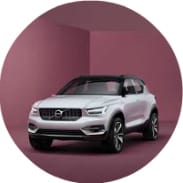 stop developing
stop developing 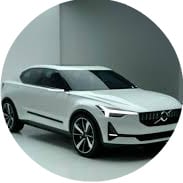 diesel engines. The company is expected to bring its first pure electric vehicle to market by 2019. The vehicle is expected to be based on one of its two Volvo 40 concepts revealed earlier this year shown here. Though it’s not decided if it would be an SUV or sedan, the electric car will be developed on the company’s new Modular Electrification Platform (MEP) and build in China. The EV will have a minimum range of 250 miles and priced around $40,000. Mr. Samuelsson acknowledges the role Tesla played in creating commercial interest for high-quality well-designed electric vehicles, an area aligned to Volvo’s strategy. Volvo just released a new improved range of diesel and petrol engines and with European regulation potentially adding as much as $340 per engine from 2020 diesel engines would just be too expensive to produce according to the CEO.
diesel engines. The company is expected to bring its first pure electric vehicle to market by 2019. The vehicle is expected to be based on one of its two Volvo 40 concepts revealed earlier this year shown here. Though it’s not decided if it would be an SUV or sedan, the electric car will be developed on the company’s new Modular Electrification Platform (MEP) and build in China. The EV will have a minimum range of 250 miles and priced around $40,000. Mr. Samuelsson acknowledges the role Tesla played in creating commercial interest for high-quality well-designed electric vehicles, an area aligned to Volvo’s strategy. Volvo just released a new improved range of diesel and petrol engines and with European regulation potentially adding as much as $340 per engine from 2020 diesel engines would just be too expensive to produce according to the CEO.
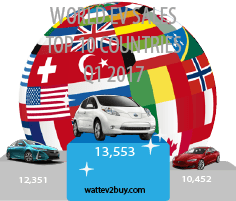
Now that all the Q1 data is in we can do a detailed dissection of the hottest quarter in EV history in which nearly 200,000 electric vehicles was sold. The headline data is that nearly 180,000 EVs were sold in the top 10 EV countries. Battery Electric Vehicles (BEV)  outperformed Plug-in Hybrid Vehicles (PHEV) by a long shot. A total of just over 106,000 BEVs were sold while only around 70,000 PHEVs moved off the dealership floor in the top 10 countries.
outperformed Plug-in Hybrid Vehicles (PHEV) by a long shot. A total of just over 106,000 BEVs were sold while only around 70,000 PHEVs moved off the dealership floor in the top 10 countries.
One of the standout data points is USA EV sales which overtook China as the best market for electric vehicles in Q1, making the USA the top EV country in Q1. The worst performer was The Netherlands, who fell out of the top 10. The Netherlands disappointing performance over the last couple of quarters does not bode well for the European country was seen, next to Norway, as one of the proponents of the technology. Only last year still did the Dutch Government contemplated a goal to be 100% electric by the middle of the next decade. It is unclear what caused the drop in EV sales in the Netherlands.
When comparing this quarter’s EV sales by country to their respective totals for 2016 one can see that the pace of EV sales picked up in most. If one should expect that by the end of Q1 EV sales should equate to roughly 25% of 2016, it is only China and The Netherlands that are underperforming. Chinese EV sales have lagged in January due to technical factors including a clampdown on EV subsidy fraud and the annual Chinese holiday, in which most industries shut down. Chinese EV sales have picked up the pace in the following months and the quarter still ended up 30% over the same period of the previous year. It can be concluded that EV sales for the first quarter in China are historically weak and Q1 2017’s performance is by now way an indication of a trend. Furthermore, the Chinese Government last week announced a plan to dominate the electric vehicle sector which should help the country to regain its stature. Japan, on the other hand, has picked up the strongest pace and has already achieved EV sales equal to 59% of its total 2016 sales. The Japanese EV market has the least variety of EV models available to consumers, and it is anticipated that the introduction of more models will stimulate the market further. Germany is the second best performer helped by a 77% improvement in EV sales on a year-to-year basis.
The top EV brand in the Top 10 EV Countries is Tesla for the second year running. Tesla announced in its April trading update that it sold just over 25,000 Models S and X globally. It is important to note that the figure repo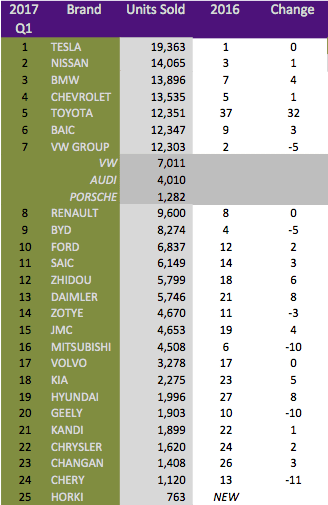 rted includes vehicles being shipped, while country sales data shows vehicles registered. Toyota is back in the Top 10 list of EV brands on the back of a well-received new Toyota Prius. Chevrolet did not shoot the lights out with its new mass-market EV, the Chevrolet Bolt / Opel Ampera-e. Most of GM’s sales came from the Chevrolet Volt PHEV. The company is criticized for producing a limited amount of the Bolt and is being labeled as a compliance company for that, a term used for auto manufacturers that only sell EVs in Zero Emission states to gain credits. The big losers included VW, BYD, and Mitsubishi. BYD has been the Top EV manufacturer for 2015 and 2016 globally and was at the number three position for most EVs sold since the start of the decade. Competition from the likes of BAIC and SAIC is the main reason for the companies bad performance. Up til 2016, BYD had the advantage of being first to market, but some new models that can compete on performance and quality with BYD entered the market since 2016. (This sentence could very well be used for Tesla in a couple of years). Mitsubishi fell a staggering ten places as the company has not updated its popular Outlander PHEV or introduced new models as a replacement.
rted includes vehicles being shipped, while country sales data shows vehicles registered. Toyota is back in the Top 10 list of EV brands on the back of a well-received new Toyota Prius. Chevrolet did not shoot the lights out with its new mass-market EV, the Chevrolet Bolt / Opel Ampera-e. Most of GM’s sales came from the Chevrolet Volt PHEV. The company is criticized for producing a limited amount of the Bolt and is being labeled as a compliance company for that, a term used for auto manufacturers that only sell EVs in Zero Emission states to gain credits. The big losers included VW, BYD, and Mitsubishi. BYD has been the Top EV manufacturer for 2015 and 2016 globally and was at the number three position for most EVs sold since the start of the decade. Competition from the likes of BAIC and SAIC is the main reason for the companies bad performance. Up til 2016, BYD had the advantage of being first to market, but some new models that can compete on performance and quality with BYD entered the market since 2016. (This sentence could very well be used for Tesla in a couple of years). Mitsubishi fell a staggering ten places as the company has not updated its popular Outlander PHEV or introduced new models as a replacement.
The Top 10 EV models are still lead by the Nissan Leaf, a phenomenal performance by the 7-year-old EV. The Toyota Prius replaced the Tesla Model S in the top two while the Tesla Model X performed the best of the 2016 Top 10 cohort. Newcomers Chevrolet Bolt, BAIC E-180, and the Toyota Prius replaced the BYD e6, BYD Tang and Mitsubishi Outlander in the Top 10 EV models list for Q1.
Please use the comment section below to share your thoughts on the EV market.
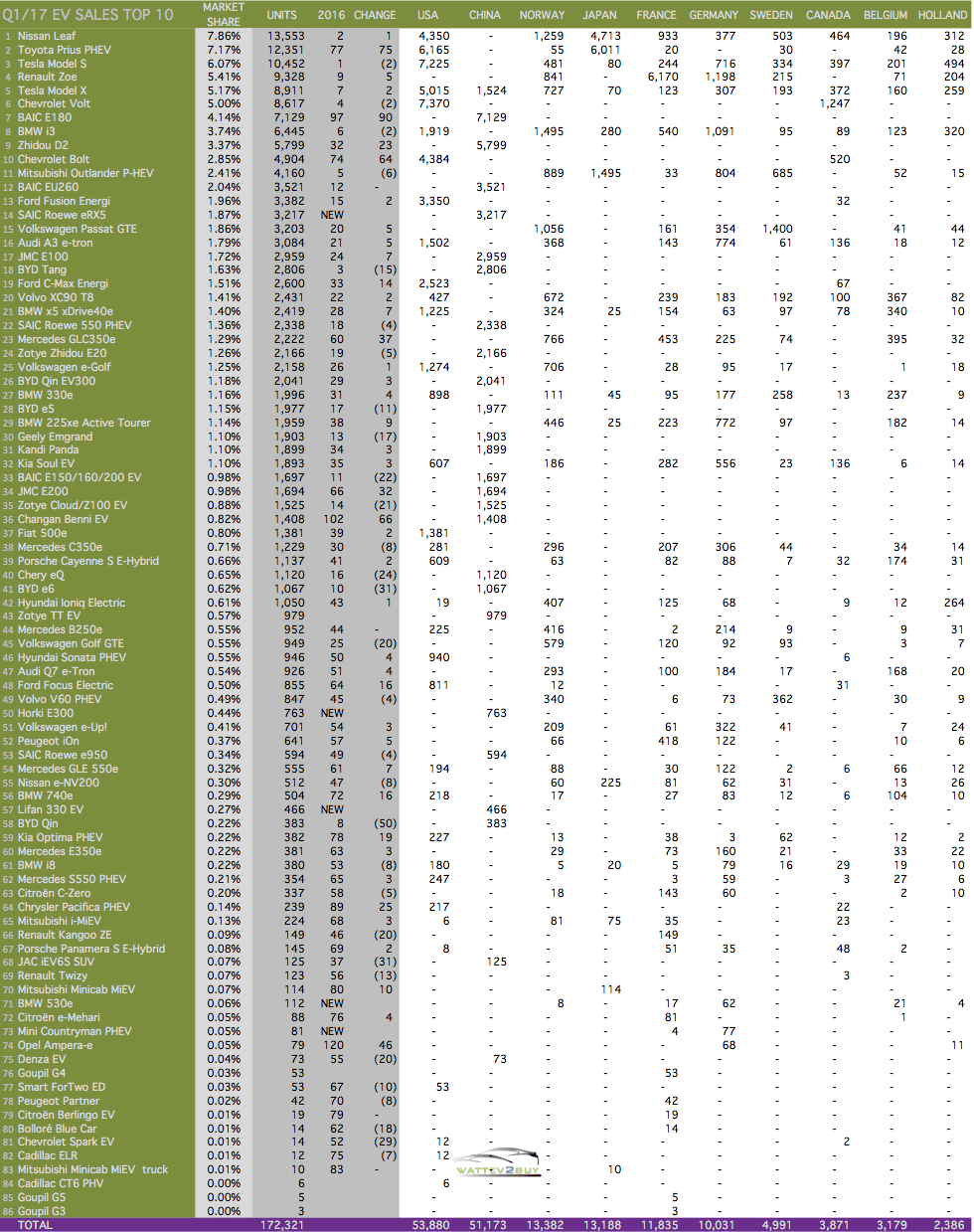
Note on data: The detailed data above does not include the UK, who keeps their EV data more secret than Donald Trump does classified information.
The page you requested could not be found. Try refining your search, or use the navigation above to locate the post.
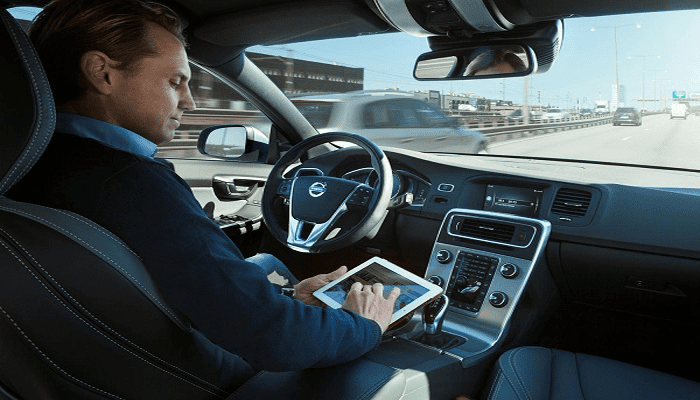
A slew of self-driving pilot programs has been announced recently, the latest being Delphi. The auto parts company previously owned by GM announced that it would roll out self-driving taxis in the USA this year. Delphi is already piloting a program in Singapore where it pilots an Audi SQ5, kitted with 26 sensors. The pilot would be extended to three vehicles in June and is done in conjunction with the Singapore government where the company hopes to have operating taxi service within three years. According to Automotive News it is anticipated that Delphi will host the US pilot in either Pittsburg or Boston and that services would commence in September 2017.
Delphi’s pilot program allows passengers to see what the cars “brain” sees on a tablet, which it calls its “comfort cam”, soothing first-time users of the service. Already speculation is rife that Intel, which just last month paid a staggering $15 billion for Isreali autonomous tech company, Mobileye, would acquire Delphi. The three companies are already integrating their technologies to provide autonomous systems for car manufacturers, as soon as 2019.
Delphi would extend the pilot to Europe in the 3rd quarter and will switch its test vehicles to an undefined electric vehicle by 2018. The regulatory environment for public testing eased last week as Germany passed a law allowing for the public testing of autonomous vehicles.
Competitors, Lyft and Waymo also signed a partnership agreement this week. Waymo, previously know as Google’s self-driving program is already piloting Chrysler Minivans and Lexuses in Phoenix. The company last month invited people living in South East Phoenix to apply for the program, allowing the participant to hail a ride via a mobile app for local trips. Already as much as 10,000 such rides have been completed by Google staff. Waymo announced in April that it would increase its autonomous fleet from 100 to 600 Chrysler Pacifica minivans. It is no surprise that Waymo did not partner with Uber since Waymo claims that Uber stole some of its technology in an ongoing court case between the two companies. Reuters reported that according to Lyft the transaction is not exclusive, leaving the door open for other partnerships such as Lyft’s shareholder GM.
GM paid $500 million last year for a stake in the USAs number two ride-sharing company; the automaker also acquired Cruise Automation to spearhead its autonomous vehicle strategy. GM is very aggressive in the autonomous space, trying to carve out a lead to make up for ground lost to newcomers such as Tesla. GM is spending vast amounts of money to this end, for instance paying $1.1 billion to acquire its second Y Incubator company, the Italian based OSVehicle, to develop a self-driving “Vehicle-as-a -Service” (VaaS) platform. GM’s efforts are seeming to pay off as the respected research firm, Navigant, recently ranked it and Ford at the top of the self-driving leaderboard.
Companies like Delphi, Intel, and Nvidia, are hoping to sell their driverless systems to automakers in what is expected to be a market of around $100 billion within the next couple of years. BMW last week unveiled 40 BMW 7-series equipped with Intel’s driverless technology. The test, using the specially converted autonomous 7-Series is part of the German company’s project that will see 155 million test miles driven. Nvidia, an early front-runner in the self-driving tech space lat week, announced that Toyota would use its autonomous microchip built on Nvidia’s artificial intelligence platform called Drive PX. Both Daimler and Audi have already partnered with Nvidia on its Drive PX system.
Precursors to larger ride sharing and hailing services would be regulation, computing infrastructure, and connectivity. Governments would have to enact regulation to allow driverless cars while processing power and data centers need to be increased many fold to accommodate driverless technology. So also is 5G connection a requirement, daily use of an average self-driving car would be four terabytes of data.
In February we provided a summary of the disengagement reports by companies doing public testing on Californias’ roads. Only 10 of the permitted 20 companies filed reports, this number would definitely increase in 2017 judging from all the pilots announced recently. The pilot programs currently in action are mostly for level three and four autonomy and are expected to be commercially available from 2020 onwards. Even though it is expected that the Tesla 2018 models would have level five compliant hardware installed full autonomy is only expected in the latter half of the next decade.
The video by BMW below provides a short overview of the different autonomous driving levels.

#1 – USA April EV Sales continue upward trend
USA EV sales for April were released this week showed an increase of nearly 25% on a year-on-year basis, bringing the 2017 figure to 54,000 units for the year-to-date, which is 41% ahead of the 38,000 for the same period in 2016.
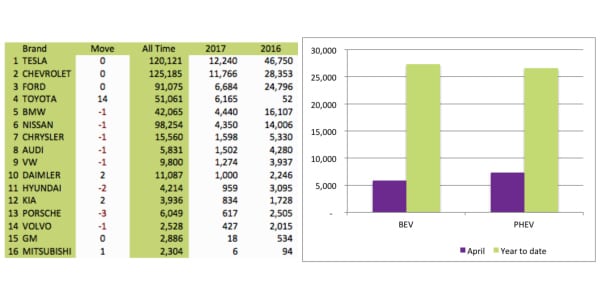
PHEV vehicles are gaining on the lead of BEV vehicles as Toyota Prius sales continued its upward momentum while deliveries for the Nissan Leaf and Tesla’s Models S and X slipped (hard). Sales for new models introduced through the month were a mixed bag, with the Cadillac CT6 PHV only racking up 6 units while the Chrysler Pacifica PHEV mustered 205 units after a delayed start to the year. The Chevrolet Bolt recovered nicely and Fiat had a record month with the 500e after introducing special deals. A big loser was the Mercedes C350e, dropping to only three units from a high of 210 in January.

#2 – Citroën’s EV strategy unwrapped
Citroën this week shed some light on its electric vehicle strategy. The PSA Group company plans EVs across the range starting 2020. The strategy mimics Hyundai’s strategy with the Ioniq, having an ICE, PHEV and BEV version. The approach is seen as quite expensive, but hopefully, the company gained some inside knowledge from the Citroen C-Zero, one of the first EVs of the decade.
Citroen CEO Linda Jackson was quoted by Automotive News Europe as follows – “Our strategy for electric vehicles is not to have a vehicle dedicated to electric, but to have electric across the range so that customers can choose a gasoline model or an electric model.”
Another PSA group company, DS Automobiles the luxury marque for the French automaker, this week announced that it would have an EV by 2019.
#3 – Tesla’s shares retreats after hitting our target
Tesla shares early in the week hit the target of $320 we predicted on the 3rd of April after which it came back to test the breakout when the company announced a loss of $322m for the quarter despite more than doubling revenues. Interestingly enough if you list GM, Tesla and Ford’s market cap and total units sold it seems that investors are valuing the three top brands in the USA on their EV unit sales only.
We picked up in the fine print of the release that Tesla will add a 100 retail, delivery and service locations during 2017 globally, representing a 30% increase. The company will also add 100 Tesla Ranger mobile repair trucks during the second quarter. The production of 5,000 Model 3s per week is still on track to commence in July.
#4 – California taxes ZEV owners
The California legislature this week passed a bill to increase revenues from the transport sector in a bid to cover the increased cost of maintaining road infrastructure. The Bill included an annual levy of $100 on ZEV vehicles to compensate for the fact that EV taxes can’t be recovered at the pump. Diesel and gasoline prices increased by $0.36 and $0.30 per gallon. California is home to nearly half of all EVs in the USA.
In other regulatory news this week impacting on EV growth the EU approved a joint venture between BMW, Ford, Daimler, and VW to develop a fast charging network in across the union. The companies will hold equal shares in the JV.
#5 – EVs now 3% of BMWs sales
BMW this week released its sales data for the first quarter 2017, showing that EVs now constitute 3% of its total sales as EV sales jumped 50%. The Chairman of the Board, Mr. Harald Kruger was quoted saying “We are therefore well on course to delivering more than 100,000 electrified vehicles for the first time in 2017”. The company also announced that it would start producing it iNext autonomous brand at its Dingolfing plant form 2021. Other models expected from the German automaker is the i8 Roadster PHEV (2018), a BEV Mini (2019), and a BEV X3 (2020). The news from BMW is in stark contrast from news only six months earlier when the Board grappled with if it should pursue EVs at all (Top 5 EV News Week 49 2016).
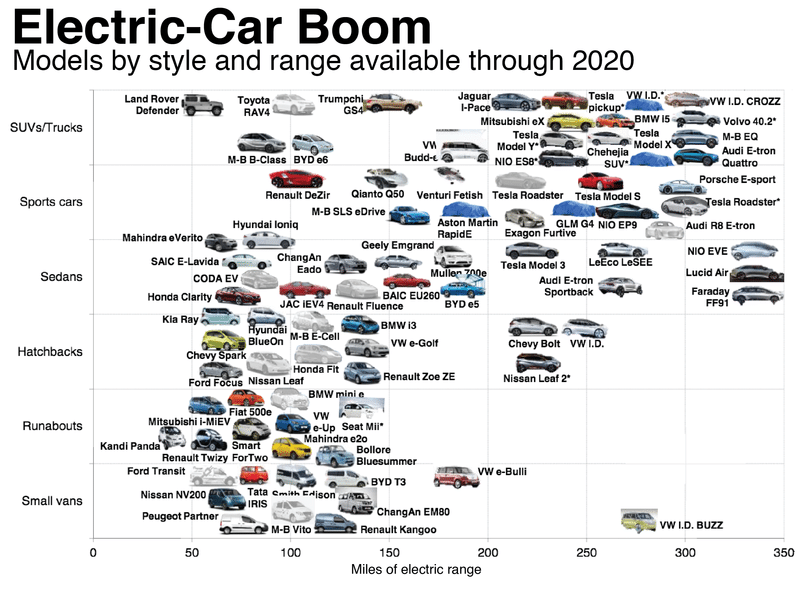
#1 – Peak in oil due to EVs confirmed by Big Oil
Record breaking sales in the first quarter of 2017 reaffirm the trend set by the healthy sales growth experienced in the sector during 2016. All expectations are that 2017 would even be better and that the deluge of new models reaching dealership floors by the end of the decade will sustain the growth into the next decade, causing many stakeholders to adjust their forecasts upwards. We have covered most of these forecast adjustments, but the one sector that is forever dissing the sector, Big Oil, has as recent as Week 9 2017 maintained that the disruption caused by EV’s is overstated.
Finally, this week during the Bloomberg New Energy Finance Conference voices from the sector came out signaling that EV penetration will hurt oil demand. Total SA’s Chief Energy Economist, Joel Couse, projected that the impact of electric vehicles would cause the demand for oil to flatten or even decline by 2030. The CEO of Royal Dutch Shell shared the same sentiments recently as the company trimmed their forecasts, indicating that oil demand my peak by the late 2020’s. The reasoning behind the shift in outlook is sparked by electric vehicles being able to compete with combustion vehicles in both performance and price as battery prices decline.
Michael Liebreich, the founder of Bloomberg New Energy Finance, pointed out that there would be 120 models across the spectrum by 2020. He was quoted further saying what we already know – ”These are great cars. They will make the internal combustion equivalent look old fashioned.”
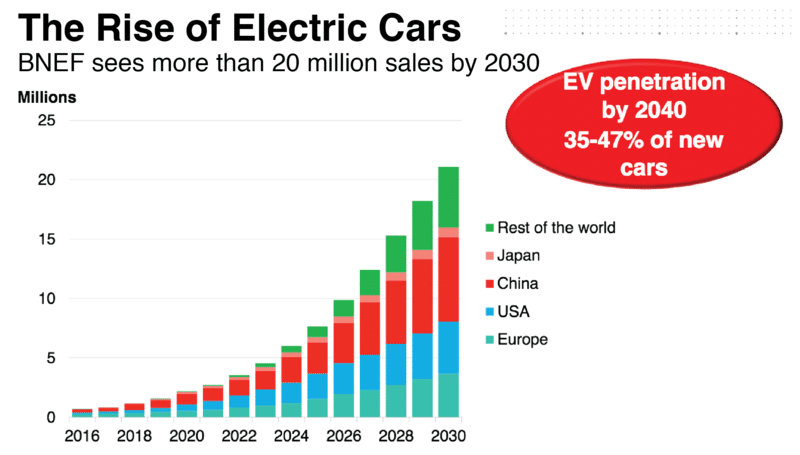
Picture Source: Bloomberg New Energy Finance
#2 – VW continue to see electric vehicles only as a niche going into the next decade
The recent surge in Tesla‘s share price, which is close to the first target of $320 called by wattEV2Buy on the 3rd of April, has put a spotlight on traditional vehicle manufacturer electric vehicle strategies. VWs CEO, Mr. Matthias Müller, this week reprimanded the media for getting too carried away with the “New Beats Old” storyline. Mr. Müller was quoted by The Financial Times at the Vienna Auto Show on Friday, responding to Tesla‘s surge – “This has little to do wth the reality on our streets. The VW Group produced 10.3m vehicles last year – Tesla around 80,000, and the fact is, electric mobility continues to be niche. VW only see’s that one out of four of its vehicles would be electric by 2025.
The world’s largest automaker will spend around €20bn by 2022 on cleaner engines, of which only 45%, or €9bn, would be on alternative drive tech, which at least is a trebling over the amount of only €3bn spent over the last five years. The €9bn budget is less than the €11bn earmarked by fellow German automaker, Mercedes, over the same period. Analysts have been concerned over certain automakers conservative electric vehicle strategies in the face of Tesla and China‘s dominance in the sector.
#3 – Bollore exits the electric vehicle sector
The French industrialist, Vincent Bollore, one of the pioneers of the current electric vehicle revolution announced that he would retreat from the sector. Bollore introduced some of the first car-sharing schemes at the start of the decade, using its own vehicle the Bollore Blue Car, It created a second car, the Bollore Blue Summer, but contracted it out to Citroen, which sells it’s as the Citroen Mehari. Mr. Bollore cited that he can’t compete with only one car in the market as more and more players crowd it. Bollore will focus on its strengths, being battery technology, and will apply it in its grid storage and mass transit vehicles. Those who follows the data for France in our Global EV Sales section would have noticed that hardly any Blue Cars were sold in the country this year. Bollore uses a Lithium Metal Polymer Battery, which is not suited for cars, as the chemistry consume electricity even when off.
#4 – India to go all electric by 2030
India is set to introduce policies and support the country’s electric vehicle industry for three years as it targets to have a 100% electric fleet by 2030, in a bid to save on fuel import cost. The announcement was made by the country’s Energy Minister, Mr. Piyush Goyal at the CII Annual Session in New Delhi.
#5 – Tesla shareholder to unveil its own electric vehicle
Tencent-backed Future Mobility is set to unveil its concept vehicle this year with the intent on starting production in 2019. Tencent recently acquired a significant stake in Tesla by purchasing 5% of the US companies stock in the open market, making one wonder how it will impact on the investment with which it aims to compete. The concept vehicle is said to be a midsized SUV priced around $45,000. Chinese internet companies such as Tencent and Baidu are increasingly becoming active in the vehicle market as the bounds between cars and vehicle are falling away. Baidu introduced it’s Appollo self-driving platform last week, opening it up to developers to join in its development.
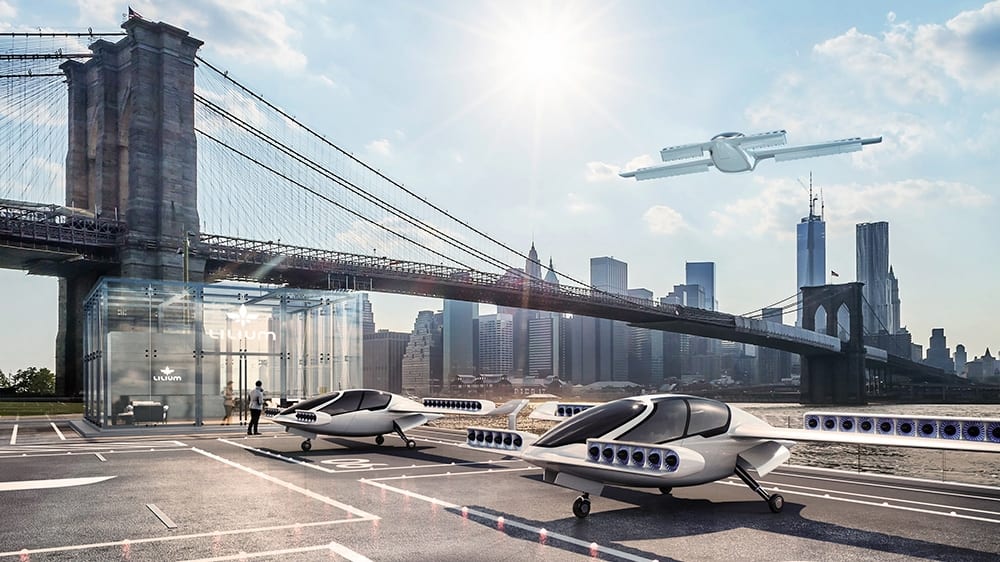
#1 – Fist full EV VTOL Jet take to the skies
A German startup, Lilium, founded in 2015 with the intent to develop the first fully electric vertical take-off and landing (VTOL) jet this week completed its first successful test flight. The vehicle, named Eagle, a two-seater prototype completed its first test flight in Bavaria, Germany. The test flight included a range of advanced maneuvers, including its signature mid-air transition from hover mode to wing-borne forward flight.
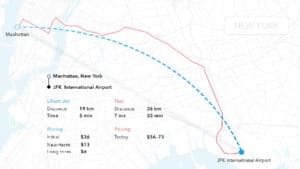 Lilium’s business plan provides a flying five-seater taxi on demand. The Lilium Jet has a cruising velocity of 300km/h (187mph) and range of 300km. The design consists of a 10-meter wingspan, 36 engines, and works on the canard concept with powered lift.
Lilium’s business plan provides a flying five-seater taxi on demand. The Lilium Jet has a cruising velocity of 300km/h (187mph) and range of 300km. The design consists of a 10-meter wingspan, 36 engines, and works on the canard concept with powered lift.
The company beats industry heavyweights Airbus at its own game. Airbus unveiled the Airbus Pop.up during the Geneva Auto Show in 2017.
#2 – LG-Chem Q1 Sales excels
LG Chem, the Korean battery vehicle manufacturer, this week announced it’s Q1 sales valued at $5.5Bln, showing growth of 33% year-on-year. More impressive though is that the company showed an increase in operating profits of 74% year-on-year. In our view, it provides a safety margin which could point to price decreases in the expected price war, similar the solar panel market as huge new plants is coming online over the next two years.
#3 – Tesla recall a buying opportunity
Tesla this week announced one of its largest voluntary recalls for 53,000 manufactured between February and October 2016. The recall is due to a fault in a third-party supplied component, potentially resulting in the handbrake not releasing. The recall is not viewed as negative and hardly had an impact on the share price as the company closed near its record price of $307.71 set earlier the week, still very well on the way to our first target of $320.
Tesla’s announcement that it would unveil its Semi-truck in September had analyst very excited, speculating that it would add billions to the companies bottom line and disrupt the sector. The company is expected to lease the batteries at $0.25 per mile saving trucking companies the $0.50 fuel charge.
#4 – Q1 EV sales for France, German, and China, two out three ain’t bad.
German (#9 on Top EV list), French (#7 on Top EV list), and Chinese (#1 on Top EV list) EV sales for Q1 was released this week. Both China and Germany saw huge year-on-year increases, while French EV sales flatlined. Read our blogs for a detailed breakdown of the sales.
#5 – More Concept’s and a few production-ready vehicles at Shanghai Auto Show
The New York and Shanghai Auto Show’s provided many newsworthy releases related to electric vehicle strategies, concept cars, and some productions cars. Although the New York auto show had all thirty plus electric vehicles available for sale in the State on view, the Shanghai Auto Show were the place to be for electric vehicle enthusiast. The VW Group teased its Audi eTron SUV and VW I.D. CROZZ concepts, which is only expected by 2019. Tired of all these old auto companies releasing concept after the other without having real competition for the Tesla available? Two production ready vehicles from newcomers Lucid Motors and NextEV‘s NIO brand were unveiled at the Chinese event. NIO’s ES8 seven seater SUV is expected to be available in China by the end of the year. The company also announced that it would add ten more units to its fleet of six EP9 supercars, priced at $1.48 million.
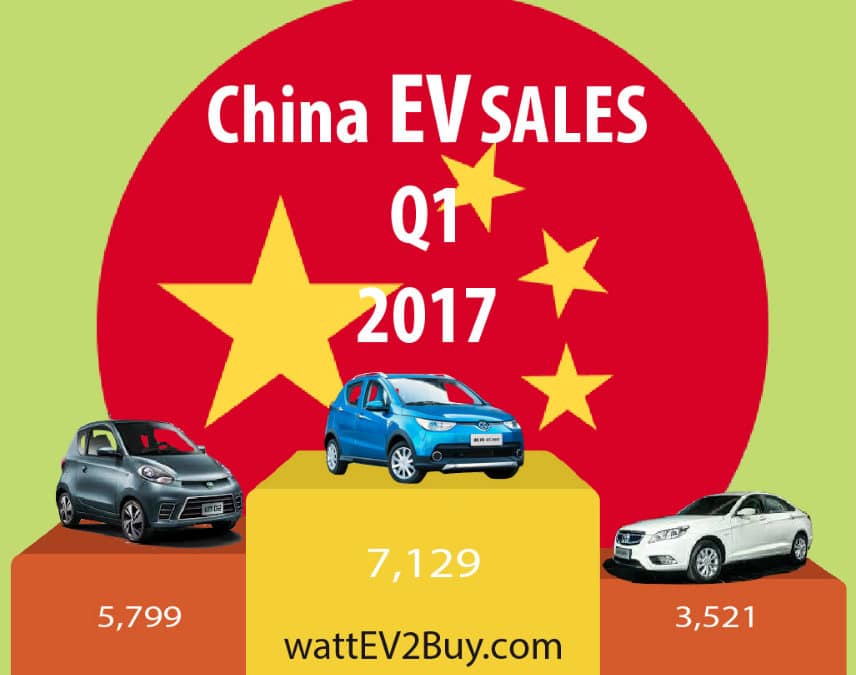
China, the world’s largest market for electric vehicles showed a rise in sales for the first quarter of 2017, improving on 2016 figures by 12,500 units. While March was a particularly good month, selling over 30,000 units, we wonder if the total sales of nearly 56,000 units in the first quarter will be enough for 2017 to beat the record of 350,000 set in 2016?
EV sales for 2017 kicked off rather poorly in January with a disappointingly low 7,000 units. The Chinese holiday season and the regulatory clampdown on the abuse of EV subsidies were blamed for the lackluster sales. Fortunately, sales improved as the following months saw a doubling each month on the previous, setting a very promising trend. Battery Electric Vehicles outsold Plug-In Hybrids by nearly five to one as over 44,000 BEV units were sold compared to only 9,000 PHEV models during the period.
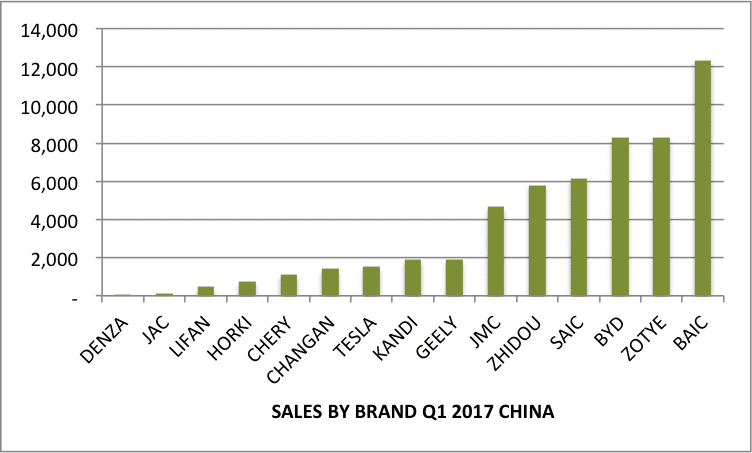
New models were the top sellers, taking three of the top five positions in a country starved for cool looking EVs. Chinese consumers are used to being dished up a mix of inferior cars due to major international brands being forced to partner with local manufacturers. To protect their IP, the global brands produced older variants of their vehicles for the Chinese market. The situation has improved for the Chinese consumer as local producers such as BAIC, SAIC and BYD have started producing improved second generation EV models. The BAIC E180 and BAIC E260, taking the first and third positions for the quarter is a case in point of how the second generation electric vehicles are drawing more buyers to the sector.
2016’s darling, BYD is slipping in the rankings, the company, part-owned by Warren Buffet, which has been the best-selling electric vehicle brand in the world for 2015 and 2016 could only muster two-thirds of BAICs sales. More worrying for BYD is that it had five models in the market compared to BAICs three BEVs. Tesla had a respectable performance with the Model X selling 1,500 units, which is 13% of all Tesla Model X units sold internationally during Q1, accounting for 6% of the company’s total sales for the period.
In total Q1 2017 sales improved 30% on that of the same period in 2016, indicating that 2017 could even be a better year for electric vehicles, despite stricter regulation, proving that electric vehicles are entering the mainstream.
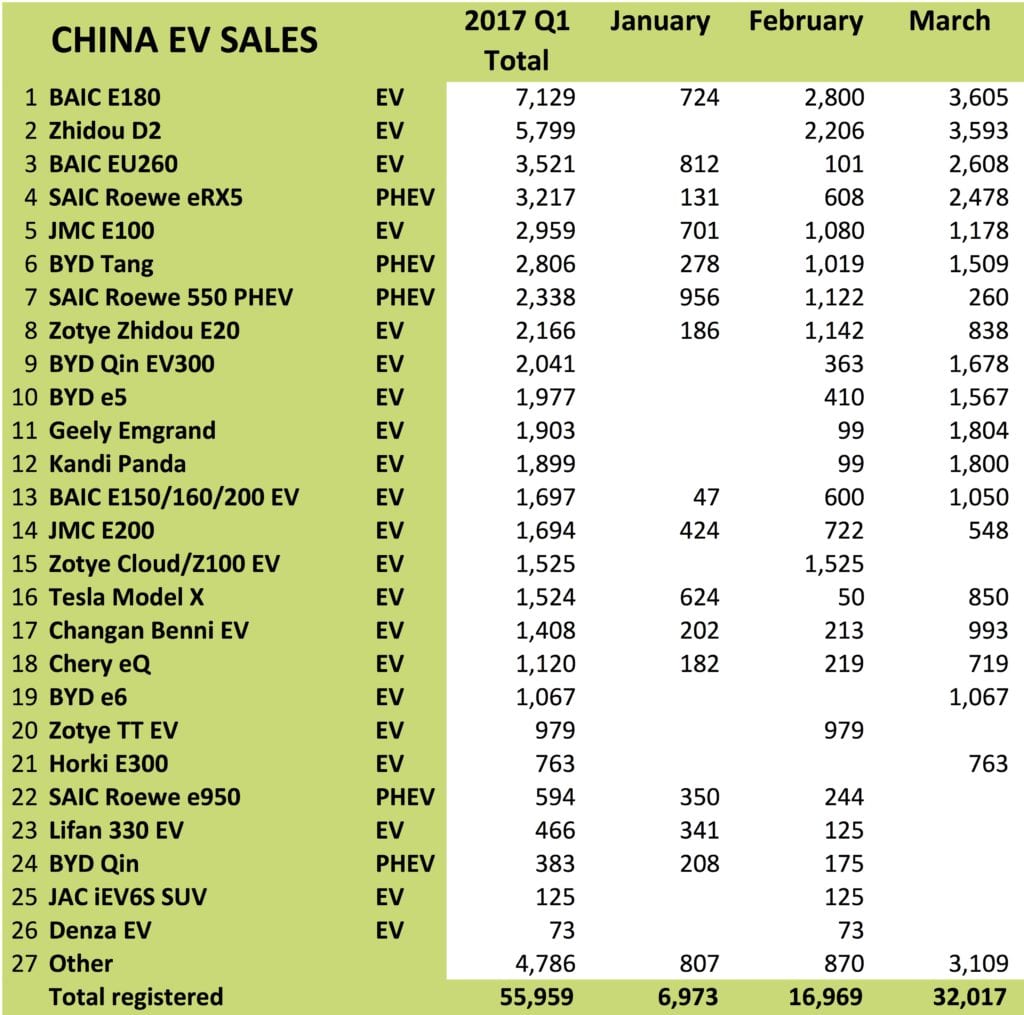
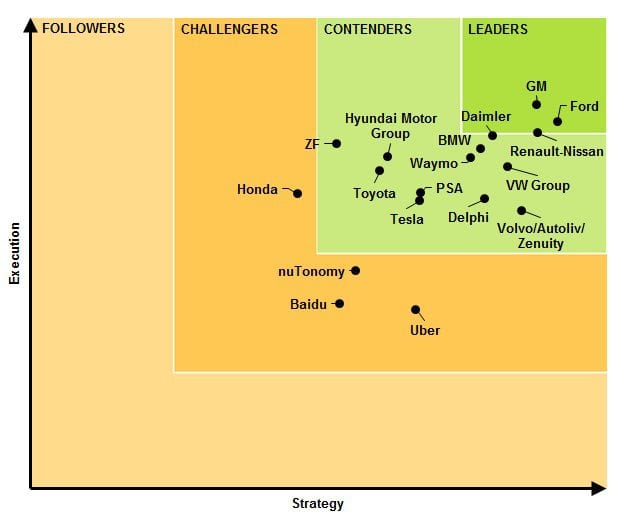
Navigant Research placed Ford and GM at the top of its autonomous driving leaderboard, surprisingly far above Waymo (7th), the pioneer of autonomous driving. Waymo was only listed as a contender, and Tesla who has already clocked over 300 million miles in Autopilot (Level 2 Autonomy) did not make the Top 10 list. Waymo, not aiming to develop a car, but rather focusing on autonomous technology has partnered with Chrysler and Ford on testing autonomous technology.Making Navigant’s findings even more surprising to us is that
Making Navigant’s findings even more surprising to us is that Waymo performed exceptionally well compared to other automakers on the list when comparing across all permit holders allowed to test autonomous tech on Californias public roads. According to CA DMV regulations, each permit holder must annually file a disengagement report, reflecting the number of events where a driver essentially has to take over from the vehicle’s autonomous mode to either prevent a traffic incident or where the system fails. Waymo posted a record 0.2 disengagements per 1,000 miles in its 2016. For a breakdown of each permit holders testing in California read our recent blog providing detailed analysis. The table below shows a summary of all the permit holders in the CA DMV program’s disengagements per 1,000 miles.

Despite Tesla aiming to have a market ready Level 5 autonomous product by the end of the year, it is only listed as a contender. Tesla is criticized by some, for being too aggressive, using its customers as guinea pigs for its AutoPilot software.
Not surprising though is that Uber features on the bottom end of the list, the controversial ride-hailing company has been in the news lately for losing its right to test in San Francisco, being sued by Waymo and a crash in Tempe, Arizona, temporarily halting its pilot program.
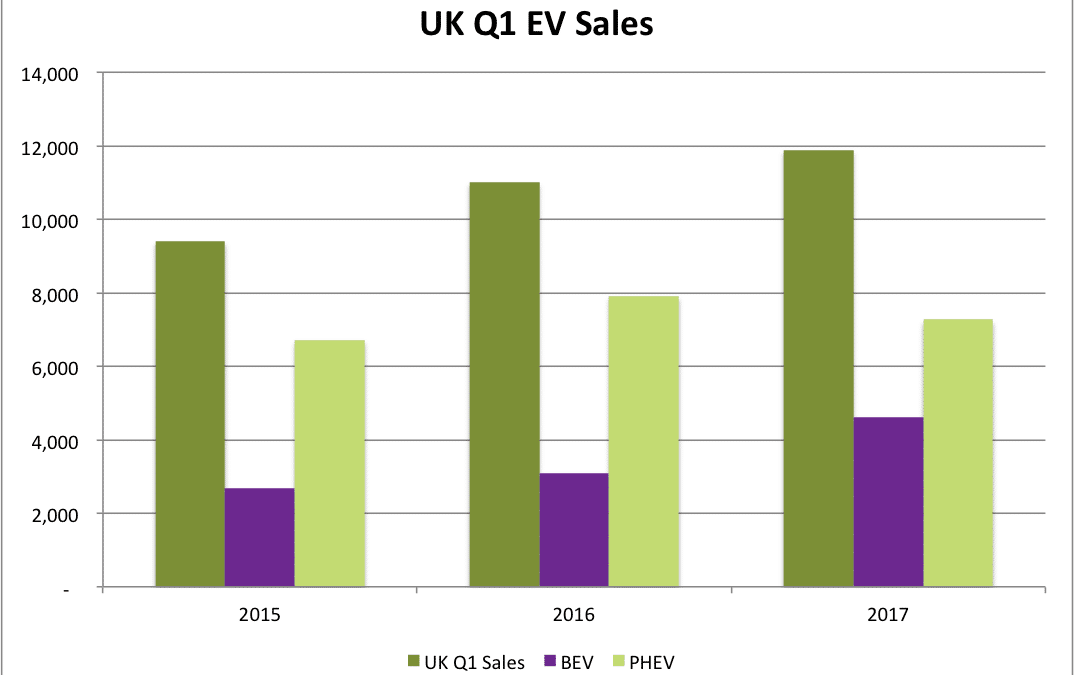
TOP 5 EV NEWS #1 – UK EV SALES Q1 2017 BREAKS RECORDS
UK EV sales for the first quarter 2017 set new records, mostly on the back of Tesla sales. The quarter’s sales bring EV’s contribution up to 1.4% of the total vehicle fleet. The UK sales for Q1, traditionally the best performing quarter for UK car sales, was closely watched as a new Vehicle Excise Duty (VED) comes into play from the first of April 2017. The new VED rules apply for all vehicles except zero emission vehicles (ZEV). According to the VED, Internal Combustion Engine vehicles (ICE) will be liable for a levy of £1,550 spread over five years on all vehicles priced over £40,000.
Electric vehicle sales for March, which contributed nearly 70% of the quarter’s sales, rose a below average 7% on a year-to-year basis, lower than the 8.4% for the total new car market. Total EV sales for the quarter was around 11,900 units, some 880 units more than Q1 2016. A deeper analysis of the UK electric vehicle sales showed a significant rise of the Battery Electric Vehicle (BEV) component, rising 34%, or around 800 units in March from the year before. Most of the 800 units can be attributed to Tesla’s massive sales drive, which led to a record 25,000 units being sold internationally, of which nearly 900, triple February’s sales, was sold in the UK during March 2017.
The improved performance of BEV vehicles compared to Plug-In Hybrid Electric vehicles (PHEV), showing a decrease of 5% to just under 5,000 units, corrects a trend since 2016 which saw 3-in-4 electric vehicles in the UK being PHEV’s.
All indications are that UK EV sales will breach the 100,000 unit mark, shared with only 7 other countries within the next couple of months. Recent surveys in the UK showed that most vehicle buyers are negative towards diesel vehicles due to diesel gate, a spectacular own goal by big auto and that 85% of vehicle owners now consider buying an EV, subject to them overcoming these EV related misconceptions.
TOP 5 EV NEWS #2 – AUDI & PORSCHE TO CO-OPERATE ON EV PLATFORM
VW sister companies, Audi and Porsche, to accelerate their respective electric vehicle strategies, this week announced that they would jointly develop a shared electric vehicle platform allowing the automakers a faster route to electric, connected and autonomous technology. The partnership will last til 2025. The German based VW Group‘s electric vehicle strategy is built on its MEB electric platform architecture, while Porsche targets the delivery of its first electric vehicle, the Mission E by 2020 and Audi, an electric SUV based on the e-Tron Quattro by 2018. Both vehicles will have various degrees of autonomy as part of its offering.
TOP 5 EV NEWS #3 – FORD’s CHINA STRATEGY
In the same week where Ford was dethroned by GM as the USA’s number two automaker, due to Tesla taking the top spot, the company released a new electric vehicle strategy for its Chinese operations. Ford, suffering from a shareholder revolt due to its lack of a convincing electric vehicle strategy and declining sales on Thursday announced that it targets 70% contribution from EV’s of its Chinese auto sales by 2025. The first phase of the strategy will be to produce a PHEV early 2018 together with its Chinese partner, Changan, also known as Chana. The company aims to have a small electric SUV within the next 5 years, capable of a battery electric range of 280 miles / 450km. The company still lacks a proper global electric vehicle strategy and the current attempt is too little and too late.
TOP 5 EV NEWS #4 – MAHINDRA & SSANGYONG ANNOUNCE EV
The Chairman of Indian automaker Mahindra and Mahindra, Anand Mahindra announced at the Seoul Motor Show this week that Mahindra and its Korean subsidiary SsangYong aims to develop a luxury electric vehicle by 2019, targeting entry into Chinese and US markets.
TOP 5 EV NEWS #5 – NAVIGANT RESEARCH DISCOUNTS WAYMO AND TESLA AUTONOMOUS EFFORTS
Navigant Research placed Ford and GM at the top of its autonomous driving leaderboard, surprisingly far above Waymo (7th), the pioneer of autonomous driving. Waymo was only listed as a contender, and Tesla who has already clocked over 300 million miles in Autopilot (Level 2 Autonomy) did not make the Top 10 list. Waymo, not aiming to develop a car, but rather focusing on autonomous technology has partnered with Chrysler and Ford on testing autonomous technology. Making Navigant’s findings even more surprising to us is that Waymo performed exceptionally well compared to other automakers on the list when comparing across all permit holders allowed to test autonomous tech on Californias public roads. According to CA DMV regulations, each permit holder must annually file a disengagement report, reflecting the number of events where a driver essentially has to take over from the vehicle’s autonomous mode to either prevent a traffic incident or where the system fails. Waymo posted a record 0.2 disengagements per 1,000 miles in its 2016. For a breakdown of each permit holders testing in California read our recent blog providing detailed analysis.

Navigant’s criteria are based on the following ten factors; vision, go-to-market strategy, partners, production strategy, technology, sales, marketing, and distribution, product capability, product quality and reliability, product portfolio and staying power. The Top Ten on Navigant’s list are Ford, GM, Renault–Nissan Alliance, Daimler, Volkswagen Group, BMW, Waymo, Volvo/Autoliv/Zenuity, Delphi and Hyundai Motor Group.
Despite Tesla aiming to have a market ready Level 5 autonomous product by the end of the year, it is only listed as a contender. Tesla is criticized by some, for being too aggressive, using its customers as guinea pigs for its AutoPilot software. Not surprising though is that Uber features on the bottom end of the list, the controversial ride-hailing company has been in the news lately for losing its right to test in San Francisco, being sued by Waymo and a crash in Tempe, Arizona, temporarily halting its pilot program.
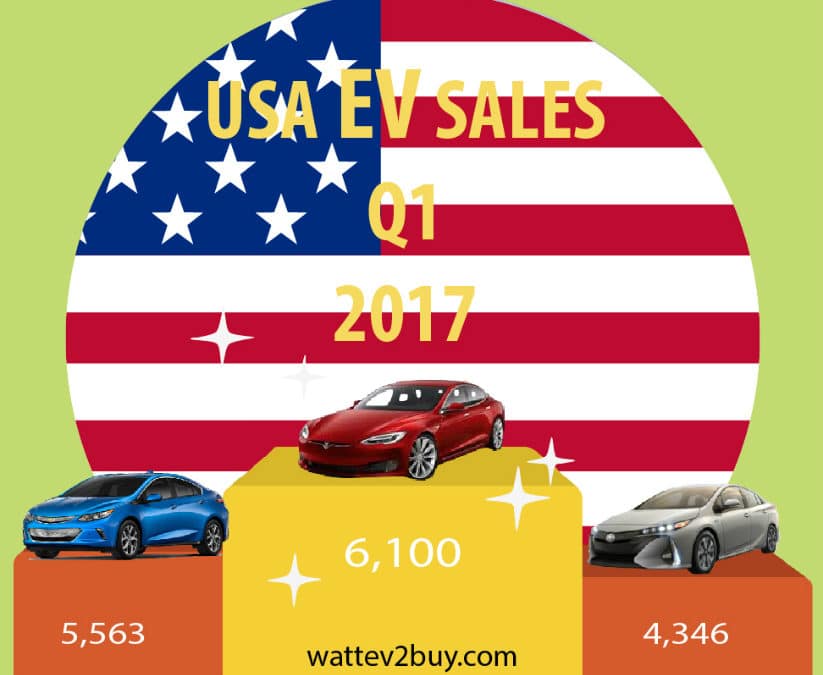
We look at the Top brands, Best and Worst Models and how the battle between battery electric (BEV) and plug-in hybrid (PHEV) technologies play out in the summary of USA EV Sales Q1 2017.
The highlights for USA electric car sales in Q1 2017 was:
There are no surprises in the Top 3 Electric Vehicle Brands as Tesla remained on top, due to increase sales of the Tesla Model X, and GM and Toyota brought new models to book. Quarter 1 2017 was the first full quarter for the Chevrolet Bolt, the world’s first mass-market car. The Chevrolet Bolt‘s performance was rather disappointing, with sales dropping from a January high. The reason can be one of two, either GM‘s slow roll-out is to blame, or most buyers are waiting for the Tesla Model 3. Toyota’s only Plug-In Hybrid (PHEV) vehicle, the Toyota Prius Premium, performed remarkably well, taking in consideration that the battery capacity and range does not offer a real advantage to its competitors.
The bad boy on the block was Ford, barely hanging on to the Top 5 list of electric cars. Were it not for Porsche’s bad performance in the VW Group; the German automaker would have unseated Ford in the Top 5. BMW dropped out of the Top 5 list as Toyota entered the list in the third position. Daimler showed commendable improvement while Hyundai and Volvo joined Ford on the losing side. Nissan still shows consistent growth with its only electric vehicle, the Nissan Leaf.
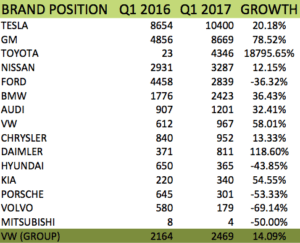
Of the new electric vehicle models that came to market in this quarter, the Toyota Prius Premium, a PHEV outperformed GM‘s Chevrolet Bolt, a BEV by nearly 30%, a disappointing performance for the first mass-market electric vehicle. Both Mercedes-Benz and BMW had two more models in this quarter compared to 2016, with the Mercedes-Benz C350e and Mercedes-Benz GLE 550e outselling the BMW 330e and BMW 740e.
The Mercedes Benz S550 PHEV, BMW i3 2017 and Tesla Model X were the best performing existing models, although for the BMW i3, its the 50% improvement in battery capacity that attributed to its increase in sales.
The Tesla Model S sales remained flat on a year-to-year basis, despite continued improvements in its software and hardware.
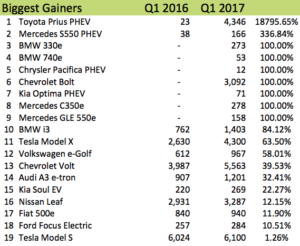
Sales of the Cadillac ELR fizzled out completely in anticipation of the release of the Cadillac CT6 PHEV this month. Both the Porsche Cayenne and Panamera showed big losses in sales from a year ago, impacting on total growth for the VW Group. Judging from the Ford models sales slump, it is clear the century-old automaker needs to reassess it electric vehicle strategy. The big drop in the Volvo XC90 T8 can be attributed to the challenge faced by all automakers coming late to the electric vehicle party. To enter the electric vehicle market, lagging brands alter existing models to include batteries but in the process lose performance as drivers complain about smaller fuel tanks.
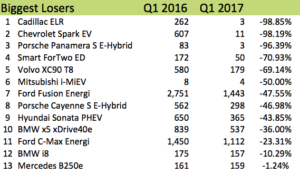
Battery Electric Vehicle’s (BEV), of which nearly half is constituted by the two Tesla models, outperformed plug-in hybrid electric vehicles. Over 20,000 BEV units were sold in the first quarter of 2017 compared to just under 15,000 a year ago. Q1 2017’s 19.2% increase in sales showed a slight improvement for the technology on Q1 2016 when BEV outsold PHEV with 17%. The USA is one of the few countries where BEV vehicles outsold PHEV’s since 2016, read our blog on the Top 10 EV Markets.
In total there is 13 BEV models and 20 PHEV models available in the USA market in 2017 so far. Consumers had a choice of seven new PHEV models in Q1 2017 and one BEV compared to the same period in 2016.
New model’s coming to market in the next quarter include three plug-in hybrids, the Cadillac CT6 PHEV, BMW 530e, and the Porsche Panamera 4 E-H, while only one BEV, the Hyundai IONIQ Electric will be released, should there be no surprises from Tesla on the Model 3.
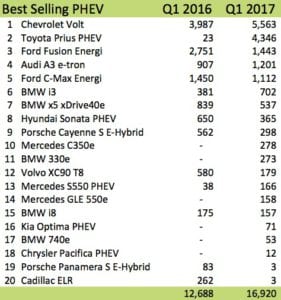
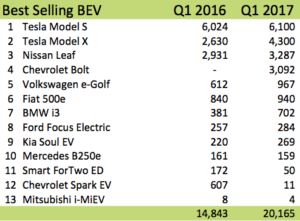
Please leave us a comment on your thoughts regarding the electric vehicle models available to the US consumer.
Note on data used: For comparison purposes, the BMW i3 sales data was assumed to be divided in two, to accommodate for the BMW i3 BEV and REx PHEV
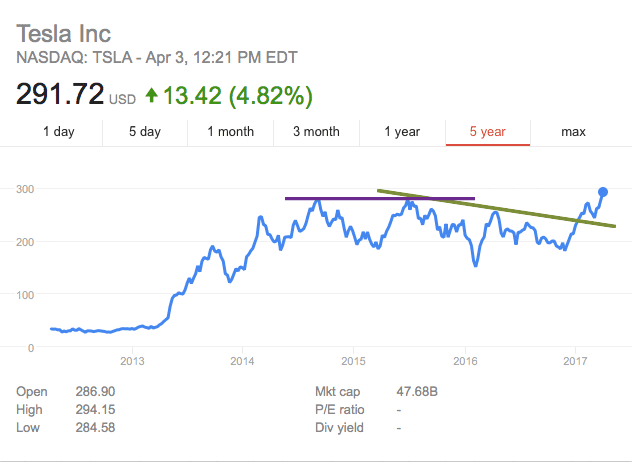
Tesla (NASDAQ: TSLA) shares broke through its $280 resistance level on record sales for the first quarter 2017, leading investors to re-evaluate their outlook for the company. The results showed that Tesla could deliver above market expectations. The sentiment is supported by a decrease of vehicles in shipment, of around 1,800 units. Investors are now reconsidering the poor market guidance for the company to deliver on its Tesla Model 3 promises. The Q1 sales of 25,418 units show a growth of 12% on the previous quarter, which is a massive 69% on year-on-year basis. The Tesla Model X was the star, showing around 22% growth at 11,550 units, while the Model S sales grew by nearly 6%.
Today’s intraday share movement makes Tesla’s market value more than Ford (NYSE: F) and sees it gaining on General Motors (NYSE: GM), officially making it the number two in the sector. The electric vehicle manufacturer, which some still sees as a start-up, intraday market capitalization stood at around $47.95 billion, while Ford’s value dropped to $44.91 billion, on the back of a share price that was down 5%, caused by a decrease in March sales of 7%. GM shares also suffered a sell-off of around 4% on a marginal growth of just over 1%, bringing the companies market cap well within reach of Tesla at $50.78 billion.
Both GM and Ford have missed the opportunity in electric vehicles. The automakers recently wrote to President Donald Trump, in an attack on EV’s, through the Alliance of Automobile Manufacturers, asking him to relax emission targets as they did not see consumer demand for electric vehicles justify such stringent EPA standards. Maybe investors are taking a cue from Hyundai’s shareholders, who revolted, resulting in the company changing its electric vehicle strategy in 2016.
The strong resistance of $280 which held since September 2014 saw the stock retreat after creating a double top formation at the level in July 2015. After testing the resistance for the second time, Tesla’s shares retreated to a low of $151 in Feb 2016. The first count on the breakout of the channel, which broke in January at $230, can see Tesla’s shares trade at around $320 in the near future. If all else remain equal, it will equate to a market cap of $52,2 billion, well above that of GM.
Share data, Google and Marketwatch
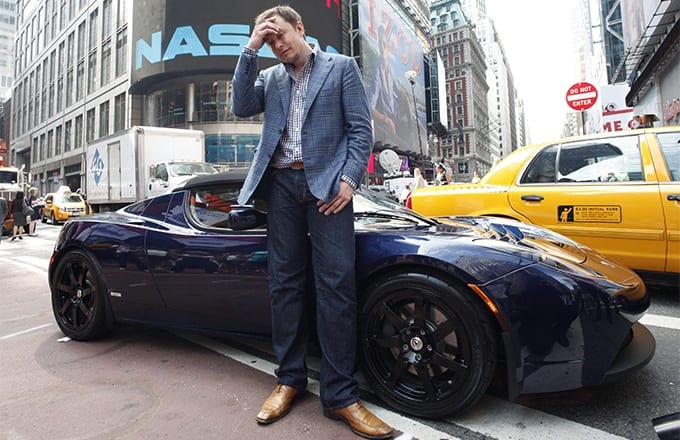
Tencent acquires a significant stake in Tesla. The large Chinese Internet company, with holdings in various electric vehicle companies, have acquired a significant stake in Tesla. The acquisition was made by accumulating stock over time. Tesla (TSLA) shares traded higher by around 2.2% at $276.25 in after-hour trades, bringing it closer again to the $280 all-time high resistance level.
Tencent is owned by the world’s 46th richest person, Ma Huateng of China, also know as Pony Ma. Tencent, which applications include the popular WeChat app, similar to WhatsApp, aims to leverage its tech experience in a world where connectivity and the Internet of Vehicles will drive the auto industry. The development of electric vehicle technology provides a perfect platform for tech and vehicles to meet. To this end, Tencent created a company Future Mobility and targeted an autonomous vehicle by 2020. Tencent is also a shareholder in NextEV. NextEV’s NIO brand unveiled its autonomous vision a couple of weeks back at an event in Austin Texas.
Interestingly enough, the result is that a South African company, Naspers, is now an indirect shareholder in Tesla, a company founded by native South African, Elon Musk. Naspers currently holds around a 34% shareholding in Tencent; the company made its investment in Tencent when it was a little-known start-up in 2001. At the time Naspers invested $34m for 46.5% in Tencent.
Read our related post on how disruption is drawing the world’s richest to the auto sector.
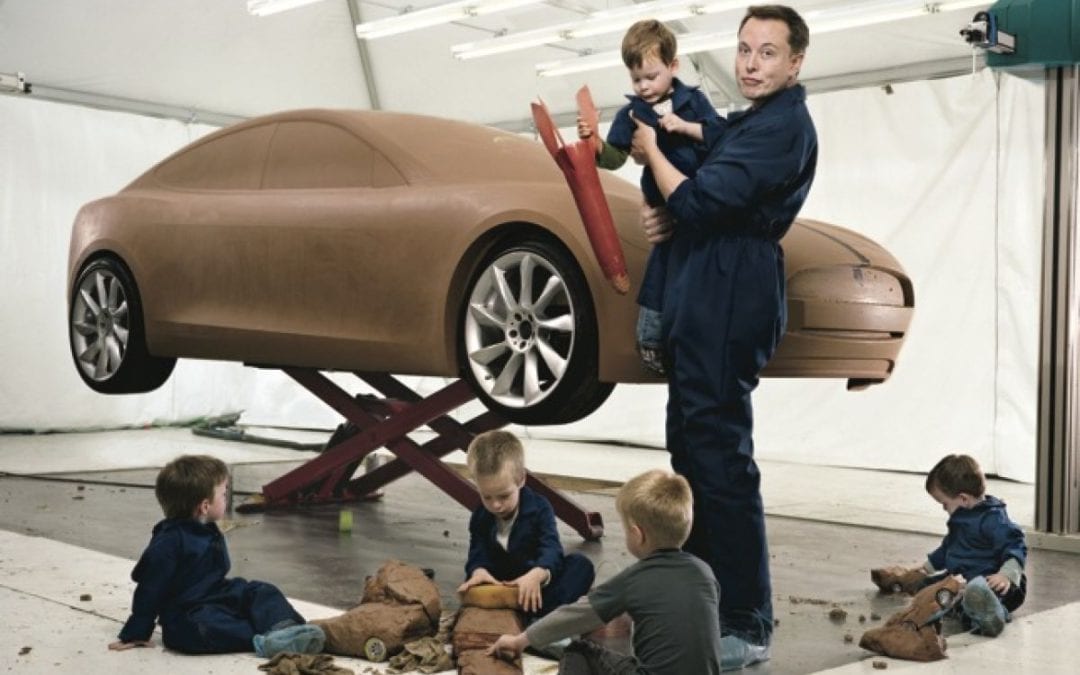
Electric vehicle sales have breached the 2 million unit mark internationally in 2016, and most automakers have committed to an electric vehicle strategy, some more aggressive than others and in the minority of cases not having a strategy is also seen to be a strategy. The Top 10 Electric Vehicle Brands constitutes a good proxy to evaluate trends within the market and to determine the reason for a brand’s success or failure. Also, as we reach the halfway mark to the point where electric vehicles are expected to reach between 9% and 11% of the total vehicle fleet by 2025, a look into the Top 10 will provide guidance on the expected winners and losers as the disruptive nature of the technology takes effect.
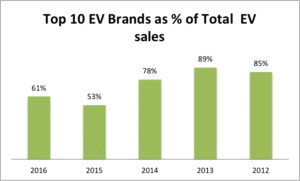
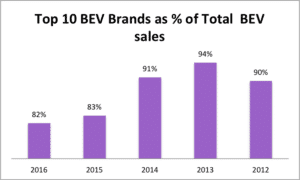
Sales of the Top 10 Electric Vehicle Brands constitute 65% of all electric vehicle (EV’s) sales, and for the Top 10 BEV list, 85% of all pure electric or Battery Electric Vehicles (BEV’s) are from the Top 10 Brands in the segment. However, the trend on both lists is on the decline as more and more brands participate in the market. The Top 10 Brands in the pure electric space owns a bigger percentage of the market segment as BEV’s requires more specialization and greater risk. Due to the high cost of battery technology and range anxiety, most automakers excluded themselves from the pure electric segment, providing a golden opportunity for a few dedicated brands to seize the opportunity and leapfrog their competitors into the coming decade.

The following interesting point emerges when comparing the Top 10 Electric Vehicle Brands positions in 2012 with the overall standings and the latest standings in 2016:

Looking at the Top 10 Electric Vehicle Brands list when one only include Battery Electric Vehicles an entirely different picture emerges in many respects:
With EV sales rapidly climbing in 2016 and countries such as Norway now reaching EV sales of over 30% of new vehicles, owning an EV is not just an environmental requirement anymore drawing early adopters. Owning an EV’s has become cool and entering the growth phase in markets such as Norway and The Netherlands, where a couple of “Big Auto” manufacturers have opted to target the mainstream market through bringing Plug-In Hybrid versions of existing models. Many of the “Big Auto” brands are play stalling tactics by calling for the easing of emission standards or blocking Tesla’s direct sales model. Meanwhile, they are falling further and further behind in a market that is becoming ever more popular. Most of these manufacturers might be of the 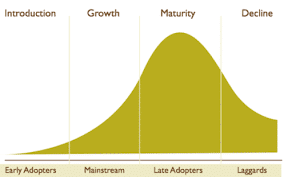 opinion to follow a wait and see approach, hoping that the first mover’s trips and falls due to the high risk and cost, with the intention to swoop in later with their big budgets to poach talent and ideas. We will analyze the tussle between Battery Electric Vehicles and Plug-in Hybrid Electric Vehicles in a follow-up post.
opinion to follow a wait and see approach, hoping that the first mover’s trips and falls due to the high risk and cost, with the intention to swoop in later with their big budgets to poach talent and ideas. We will analyze the tussle between Battery Electric Vehicles and Plug-in Hybrid Electric Vehicles in a follow-up post.
Picture Ellon Musk: The New Yorker
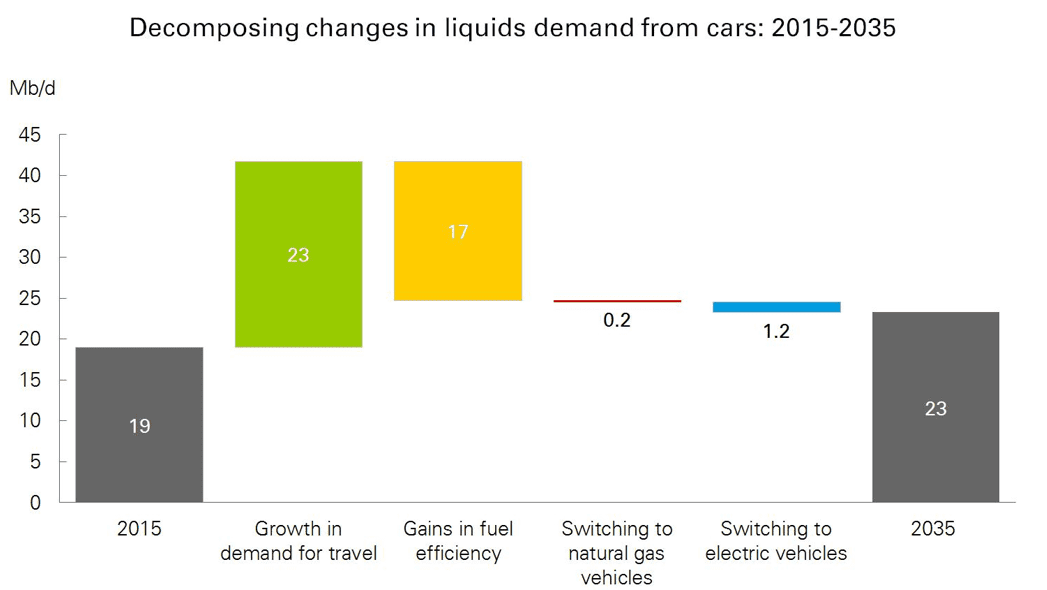
ONE
An article by OilPrice.com based on BP’s long-term energy outlook claims the electric vehicle car threat to the oil industry is overstated and a red herring for investors and other observers. The article cast doubt on if the achievability of a target of a 100 million electric vehicles by 2030, especially in a Trump era. Nonetheless, BP’s forecast still sees only a marginal effect of only 1.2 million barrels per day on oil demand if the target of around 7% EV’s by 2030 is reached. The article concludes that a bigger unknown to oil demand gains in fuel efficiencies, largely driven by more stringent emission targets.
TWO
Rumors about Apple’s secretive iCar named Project Titan has been circulating. MacWorld.co.uk speculated this week that Apple, the world’s most valuable company, has set itself a deadline of late 2017 to prove feasibility for a vehicle to rival Tesla.
THREE
Some policy gains were made this week in support for electric vehicles in the ongoing tussle targeting regulations for and against the technology. New York will from the 1st of April 2017 provide a $2,000 incentive to buyers of electric vehicles. In Wyoming, despite efforts by the Alliance of Automobile Manufacturers backed by Ford and GM to block Tesla from opening its direct sales business, the State Legislature this week approved a bill allowing Tesla to open its showrooms and sell vehicle’s without the use a middle man.
FOUR
Honda is setting itself up for failure with this week’s announcement that the much anticipated mid-sized 2018 Honda Clarity EV will only have an 80-mile range. Despite being a mid-size sedan, with the obvious space benefit it brings, the car will not even compete with smaller compact sedans and hatchbacks, such as the 2017 BMW i3 (114 miles), Nissan Leaf (107 miles) and the VW e-Golf (125 miles). The Honda Clarity EV’s direct competitors in the $30,000 to $35,000 price range, the Hyundai Ionic (124miles) and Tesla Model 3 (200 miles), will put it to shame.
FIVE
February Electric Vehicle sales data released for the USA this week reveals some interesting talking points. Overall, February sales gained a further 13.4% in January 2017 and over 55% on year on year basis. Contributors to the increase came from a nearly doubling in sales of the Tesla Model S and continued demand for the new Toyota Prius Plus. Unfortunately, the Prius in our books hardly counts as an electric vehicle due to its underwhelming continued reliance on its combustion engine. Disappointingly, sales for the Chevrolet Bolt declined over 18% from January, bringing total sales for the four months to 3,272 units, far short if one takes that at a claimed 30,000 units per annum the Bolt should have sold 10,000 units during the four months. In the car maker standings, GM retained its lead with 2,776 units over Tesla’s 2,550 units with Ford taking third place with 1,704 units.
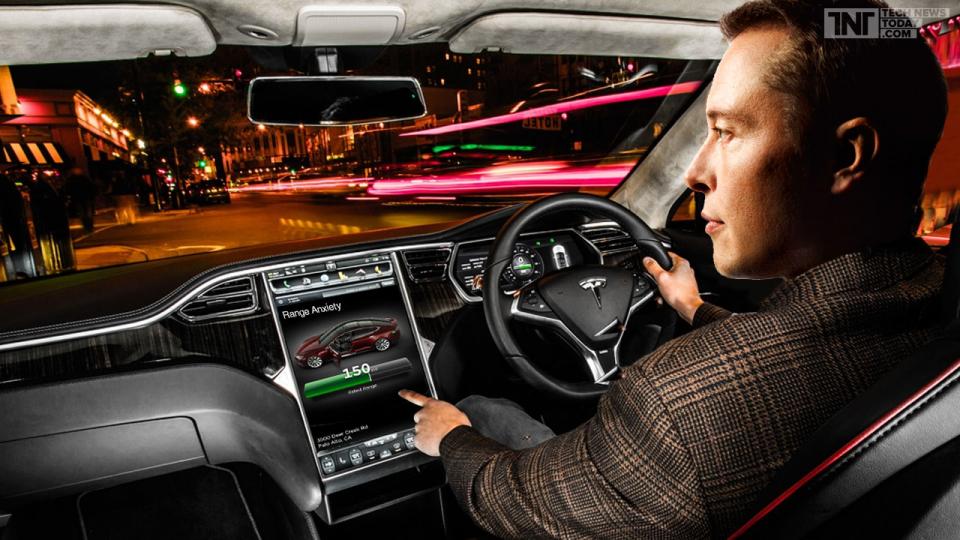
The barriers to entry into auto manufacturing became ever higher over the last 100 years before the disruption caused by technological advances in electric vehicles and self-driving technology. Most of the auto brands that were around at the turn of the century have been around for 50 years or longer; the only newcomers was a spate of Chinese brands backed by the government. For an individual to reach the top 50 position on the Forbes list from vehicle manufacturing was only possible if your parents left you a trust fund with a bunch of 100-year-old stock in a big brand. In fact, the only Forbes Top 50 billionaire from the auto sector was the German’s, Herbert and Johanna Quandt who owned nearly 50% of BMW and Georg Schaeffler (Number 39 on Forbes 2016 list) who inherited the automotive parts company, Schaeffler Group. After their passing of Johanna Quandt, the children, Susanne Klatten (Number 38) and her brother Stefan Quandt (Number 48), became the beneficiaries. Mrs. Klatten invested her fortune in pharmaceuticals, helping her to gain over her brother.
Come to the turn of the century and along came Elon Musk, risking it all on a technology that has been shunned for 100 years by big auto. Being a start-up in a market controlled by a couple of dinosaurs was not easy at first, Mr. Musk had to back himself in the first couple of rounds of fundraising for the electric vehicle company, Tesla. The table below shows that Elon Musk pretty much up until late 2008 lead fundraising and loan rounds. The risk paid off as Elon Musk became by far the richest person in the US auto sector and at the time of going to press Elon Musk jumped to the 83rd position, up from 94 in the official 2016 Forbes list of the world’s richest people.
[supsystic-tables id=105]
Other early billionaires in the technology include the savvy investor Warren Buffet and Vincent Bollore. Warren Buffet, the world’s 3rd richest individual through his Berkshire Hathaway, controlled company, Mid-American Energy Holdings in 2008 bought 10% in BYD, a Chinese battery company, now the world’s largest electric vehicle manufacturer. The Investment at the time was $230m. Berkshire Hathaway is also a significant minority shareholder in GM.
Vincent Bollore, France’s 10th-richest person with an estimated personal fortune of $6 billion dollars, started manufacturing batteries in his company Bollore Blue Solutions. The firm, situated in Brittany province, who’s batteries are cheaper than lithium-ion cells used in other electric cars, allows it to hold down the cost of his small vehicles.
Suddenly investing in electric vehicles became sexy. Chinese billionaires, mostly from the technology sector, were the first to climb into the auto sector, some more successful than others. The Chinese electric vehicle boom is fuelled by government incentives targeting that 8% of all new vehicles should be EV’s by 2018.
The tech billionaire and founder of BitAuto, an online vehicle sales platform, William Li started the Shanghai-based NextEV. The company raised $500M of an expected $1Bln already, sporting shareholders such as Tencent, who is also invested in Future Mobility, Hillhouse Capital, who also invested in UBER, Sequoia Capital and Joy Capital. The company invested C¥3Bln in Nanjing High-Performance Motor Plant to produce 280,000 electric vehicles per year. NextEv also signed a partnership with one of the largest Chinese auto companies, JAC Auto which will see them share technology, manufacturing, supply chain, marketing, and capital.
Tencent mentioned above is owned by the world’s 46th richest person, Ma Huateng of China, also know as Pony Ma. Tencent, which applications include the popular WeChat app, aims to leverage its tech experience in a world where connectivity and the Internet of Vehicles will drive the auto industry. The development of electric vehicle technology provides a perfect platform for tech and vehicles to meet. To this end, Tencent created a company Future Mobility and targeted an autonomous vehicle by 2020.
The Chinese billionaire, Jia Yueting, founder of LeEco which owns LeTV, the Netflix of China invested in two electric vehicle companies, LeEco, which developed the acclaimed LeSee concept vehicle and Faraday Future, developer of the disastrous FF91, unveiled at the 2017 CES. Both businesses are known for making bold statements and big ticket announcements just to be followed by press reports of cash flow and funding problems.
The Chinese internet giant, Alibaba, owned and founded by Jack Ma who is 33rd on the 2016 Forbes list, invested $160M in a fund where it partnered with SAIC, one of the largest Auto manufacturers in the China to develop internet connected cars. The first car to come from the partnership is the Roewe OS RX5, where OS stand for Operating System and using SAIC’s luxury brand Roewe as a platform. The software runs on Alibaba’s YunOS operating system. Jack Ma unveiled the car in July 2016. The Alibaba Connected Car will have its own Internet ID, not needing WiFi or GPS services, enabling it to connect and identify drivers  through their smartphones and wearables. The RX5 has four cameras providing it 360° vision and is voice controlled. The vehicle’s starting price is around $15,000 or C¥100,000.
through their smartphones and wearables. The RX5 has four cameras providing it 360° vision and is voice controlled. The vehicle’s starting price is around $15,000 or C¥100,000.
Alibaba beat other carmakers and tech companies to the finish line with the 2016 release of the RX5. In 2015 Toyota invested $1 billion in artificial intelligence research, while Apple invested $1 billion in Chinese ride-hailing app, Didi Chixing. BMW went into partnership with technology firms Mobileye and Intel, providing the automaker with operating systems and driving assistance software while Kia and Google partnered around the search engine’s Android Auto operating system.
Robin Li, number 90 on Forbes List and owner of Chinese search engine Baidu, partnered with chipmaker Nvidia in September 2016 to develop a computing platform for self-driving cars. Baidu recently received approval from the Californian Department of Motor Vehicles to test autonomous vehicles, in Google‘s back yard. Baidu also partnered with BMW on creating an autonomous car.
Now that the floodgates are open, billionaires from around the world are looking to enter the electric vehicle and self-driving sectors. The world’s fourth richest man, Carlos Slim of Mexico, announced this early this year that he would back the development of a Mexican-produced electric vehicle through his company, Giant Motors in a joint venture with Grupo Bimbo, the world’s largest bread maker. The strategy plays off in an environment where many US based automakers are contemplating bringing production back to the USA amidst President Trumps America First policy environment. Mr. Slim said the electric vehicle would be designed specifically for Mexican conditions.
Bloomberg reported that the JSW Group’s owner and Chairman and India’s 19th richest man, Sajjan Jindal, announced in Davos, Switzerland his intention to enter the Indian Electric Vehicle market by 2020. The metals tycoon expects the Indian government, like many other governments, will promote EVs once it’s more affordable.
It is clear that some of these businessmen are purely opportunistic, targeting to profit from regulation and subsidies for the promotion of electric vehicles.The majority, however, leverages their passions to bring better and more advanced options to the consumer at a much faster pace than what big auto ever moved in the last 50 years.
Although not mutually inclusive to electric vehicles, self-driving cars, deployable on combustion vehicles also, will drive the second phase of disruption in the auto sector over the next ten years. Self-driving car’s poster child is Google, owned by the 12th and 13th richest individuals in the world, Larry Page, and Sergey Brin. The company started testing it’s quirky autonomous vehicle as far back as 2009. Google recently spun the project into a standalone brand, named Waymo, meaning “a new way forward.” The company aims to partner with vehicle manufacturers instead of developing its own car. The first of such efforts was the conversion of 100 Chrysler Pacifica’s Plug-in Hybrid vehicles. Google, in many’s eyes, has lost the lead to Tesla, who’s progression was much faster and already has active Level 2 autonomy available in its production vehicles.
It will be interesting to compare the Forbes list of wealthy individuals ten years from now to one at the start of the century; we expect much more fresh faces who made their money from disrupting the auto sector. As a footnote, the lesson learned time and time again by dinosaurs in an industry are that they become too big, arrogant and slow, creating opportunities for new hungry entrants.
Picture: Source www.technewstoday.com

ONE
The respected Economist Magazine this week commented on forecast adjustments by various investment houses for the penetration of electric vehicles. Up till last year, the consensus was that only 4% of new vehicles would be electric by 2025. BNP Paribas now forecast 11% penetration by 2025, while Morgan Stanley see’s a 7% penetration. In 2016 international EV sales increased with nearly 750,000 units (42%) in spite of a low fuel price environment. One factor driving the change of heart are aggressive regulations to support environmental targets. In Norway electric vehicles now makes up 37% of new vehicle fleet amid government support while in China the Government aims to have EV’s make up 8% of new vehicles by 2018. Technology has also moved much faster than anticipated and battery cost, a long time stumbling block is coming down faster than anticipated, with some mega factories coming online within the next two years. Our hearts go out to the automakers that failed to notice the trend, RIP Fiat, Toyota, Honda, Hyundai, and the list goes on, not to mention Big Oil.
TWO
This week Tesla CEO Elon Musk commented on the disruption of self-driving cars to the sector during the World Government Summit in Dubai. Mr. Musk was in Dubai for the launch of Tesla in the Emirates. His comments indicated that Tesla would have its first Level 4 Autonomous system available by the end of 2017. The disruption is significant to the auto sector since once a self-driving car is available, it will devalue new cars without the technology. According to Mr. Musk, the disruption will be slow initially but that in ten years from now all new cars will have the capability to be autonomous. It’s significant that Mr. Musk made the comments at a Government Summit as regulations, not technology seems to be the biggest hurdle at the moment. Will technology force the pace of Governments? We sincerely hope so.
FOUR
The Wall Street Journal reported on the Chinese Electric Vehicle market hitting a road block, with new electric vehicles sales down over 60% for January. China up till now has been the mainstay of the sector with sales increases in 2015 of 300% and 50% on top of that in 2016. The recent clampdown on corruption in the sector which led to a range of new regulations being forced on the Chinese market since December 30, 2016, is seen to be the reason for the sharp slowdown. The Wall Street Journal reported on fines of $150 million imposed on some companies in September 2016. The fines were as a result of subsidy fraud. The Chinese Government also indicated earlier the year that they want to increase barriers to entry and limit the market to around ten manufacturers, down from over 200 currently, in a bid to improve quality and safety of the end product.
FIVE
The 3rd event in the current series of the Formula-E electric vehicle street racing calendar held Buenos Aires Argentina ended yet again with a victorious Renault.eDams team. The e.Dams driver, Swiss-born Sebastian Buemi clinched his 3rd win of the series. The Brasilian Lucas Di Grassi’s 2nd position kept Audi’s ABT Schaeffler standings in the overall second position. The Chinese teams of Next EV and Techeeta were the only teams climbing the rankings, now lying 4th and 5th respectively. Newcomer Panasonic Jaguar has yet to score a single point in the 3rd season, with its drivers Evans and Carrol ending 18th and 19th.
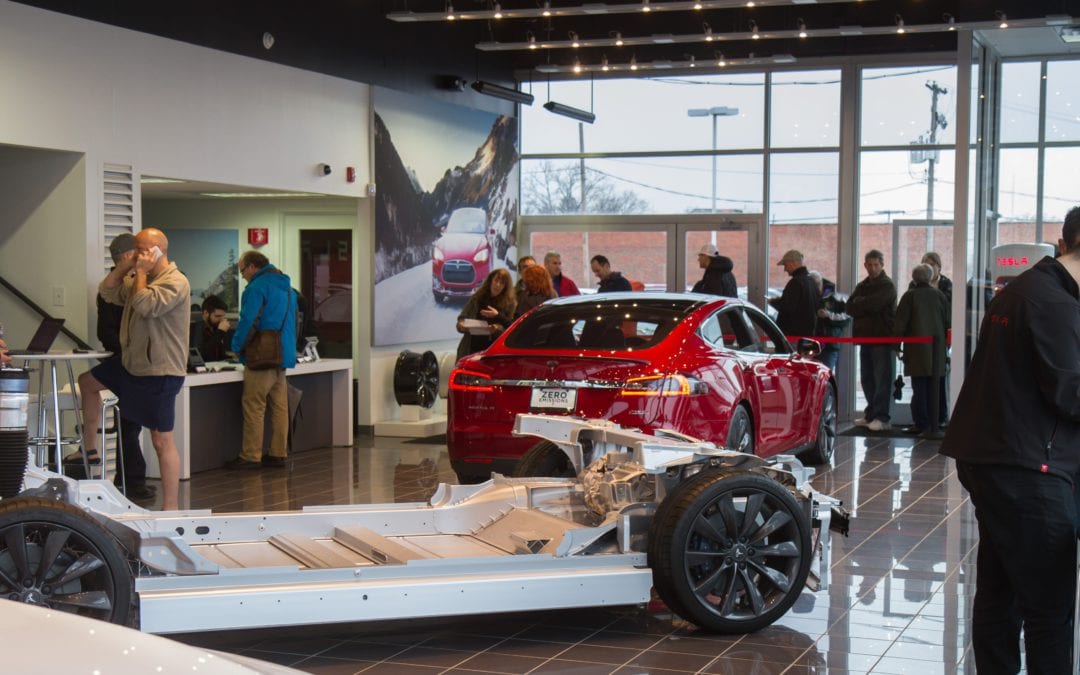
Tesla voted the consumers darling in the Consumer Reports Annual Owner Satisfaction Survey with 91% Tesla owners responded with a “Definitely yes” when asked if they will buy the brand again. Second with only 84% was Porsche. The bottom quartile included brands such as Jeep, Nissan, Fiat, and Volkswagen, which dropped eight places. The survey included over 300,000 vehicles. Can the States who is refusing Tesla’s direct selling model, naysayers, and auto dealers refusing to get behind electric vehicles please respond to this? For the complete list follow the link.
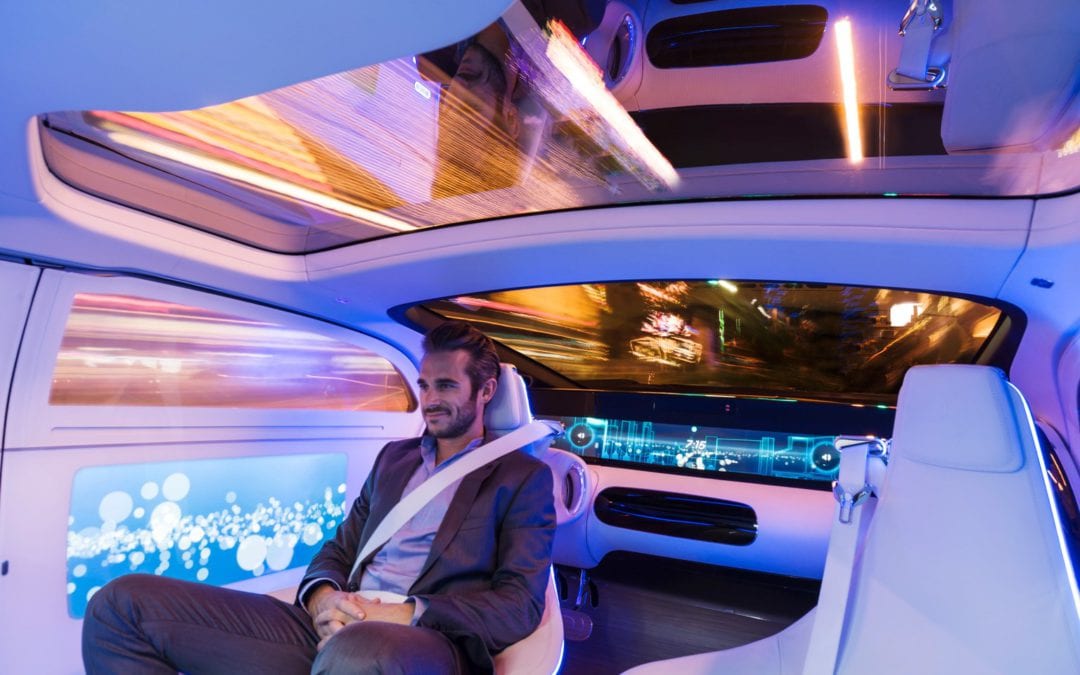
ONE
Daimler and Uber announced a cooperation agreement where Daimler will introduce and operate self-driving cars on the Uber network. Uber abandoned efforts to build its own vehicle early on, rather focusing on partnering and acquiring technologies to achieve its goal of a self-driving fleet for its network. Uber acquired autonomous trucking company Otto in 2016 and made a successful delivery of a consignment of beer before being blocked by the California DMV.
TWO
Public opinion and consumer boycotts are driving the composition of President Donald Trumps advisory council with Uber’s CEO Travis Kalanick this week resigning his seat on the council amid call to delete the Uber app. Some shortsighted Tesla owners are now also asking their deposits back for the Model 3 due to Elon Musk’s position on the council. Elon, this week in a tweet, explained that his position should not be seen as a support for Trumps policy’s but rather as an opportunity to influence the causes that Mr. Musk believes in, such as electric vehicles and his Mars project.
THREE
To support the new Mayor of London, Sadiq Khan’s efforts to combat air pollution in the city the London Metropolitan Police Service, also know as Scotland Yard launched a new green fleet of over 250 new energy vehicles by the end of the year. Tesla and other automakers have been approached to trail their new energy vehicles for front line operations as part of the first phase, which would eventually see the overhaul of Scotland Yards fleet of 4000 vehicles.
FOUR
Faraday Future’s future remains a contradiction in terms as the company struggles to remain afloat. This week the company tried to allay fears about the future of its North Las Vegas plant. The company announced that construction would go ahead albeit on a much smaller scale in a phased approach. The new phased construction is in line with the company’s reduced model lineup down from 7 models to 2. The smaller lineup now only consist of the FF91 unveiled in January at the CES in Las Vegas and a crossover targeted at the Tesla Model X. It remains to be seen if the company can achieve its new goals amongst the challenges created by its financial position, including holding on to the necessary skills as the start-up keep on losing key executives.
FIVE
The California Department of Motor Vehicles released it’s 2016 Autonomous Vehicle Disengagement report this week. We reported earlier that a total of 20 companies were authorized to test the autonomous technology on the State’s public roads by the end of 2016. The Disengagement report reflects the number of events where a driver essentially has to take over from the vehicle’s autonomous mode to either prevent a traffic incident or where it fails. Alphabet’s autonomous vehicle program moved from Google to a stand-alone company Waymo, revealed its 2016 scoring in a blog post by it’s Head of self-driving technology. Waymo showed a marked improvement from its 2015 safety related disengages of 0.8 (341) disengages per 1000 miles to 0.2 (124) in 2016.
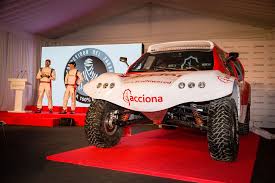
#1 – First EV to finish Dakar
An electric vehicle finished the grueling Dakar Rally in South America for the first time this week. The Acciona 100% EcoPowered rally car finished the 5,600 miles after the third attempt at the title. The team sponsored by Acciona, a Spanish Renewable Developer, has spent five years fine-tuning the vehicle which includes a 100-watt solar panel and Tesla battery pack. The Acciona 100% EcoPowered has a 200 km (125 miles) range in race conditions powering a 250kW electric motor providing 800nm of torque. The vehicle achieves a top speed of 150km/h (94mph).
#2 – More Bullionaires flock to EV sector
Bloomberg reported that the JSW Group’s owner and Chairman, Sajjan Jindal, announced in Davos, Switzerland his intention to enter the Indian Electric Vehicle market by 2020. The metals tycoon expects the Indian government, like many other governments, will promote EVs once it’s more affordable. Although India has some large automakers such as Tata and Mahindra, which is a contender in the Formula E Series, the country is significantly lagging its neighbor China, the world’s largest EV market. India had only around 6,000 electric vehicles registered at the end of 2015.
#3 – Tesla not to blame for fatal crash
The National Highway Traffic Safety Administration concluded its report on the fatal accident of a Model S in “autopilot” with a truck back in May 2016. The US NHTSA’s report exonerated the company and found no defect or reason for a recall. The agency’s findings collaborated the company’s claims at the time that the autopilot made driving safer, as it found that the crash rate of the Tesla decreased by 40% after introducing the Autopilot’s Autosteer feature.
The main conclusion of the report is:
#4 – Panasonic extends partnership with Tesla
Panasonic announced it’s intention to extend it’s already a significant partnership with Tesla beyond just batteries, and in particular to autonomous technology such as sensors. The Japanese technology company’s strategy had changed markedly towards the auto sector after it’s initial partnership with the Tesla in the early 2000’s when the automaker was just a start-up.
#5 – EVs advancing at much greater pace than forecasted
A report just released by the Californian Air Resouces Board indicated that advancement in electric vehicle technology is happening at a much faster pace than anticipated five years back. The report highlights the efforts by Tesla and Chevrolet to bring affordable and long range vehicles to the market. The report found expanding charging networks, advancements in battery performance, decreasing cell costs, and the number of models available to the consumer as factors for the improved results. On the other hand, the Board states that not all automakers attack the challenges with the same vigor, with Honda and Fiat Chrysler named as company’s that just do the bare minimum to comply with regulations. We predict this will reflect in the various companies share prices five years from now when the next report takes the pulse of the sector.
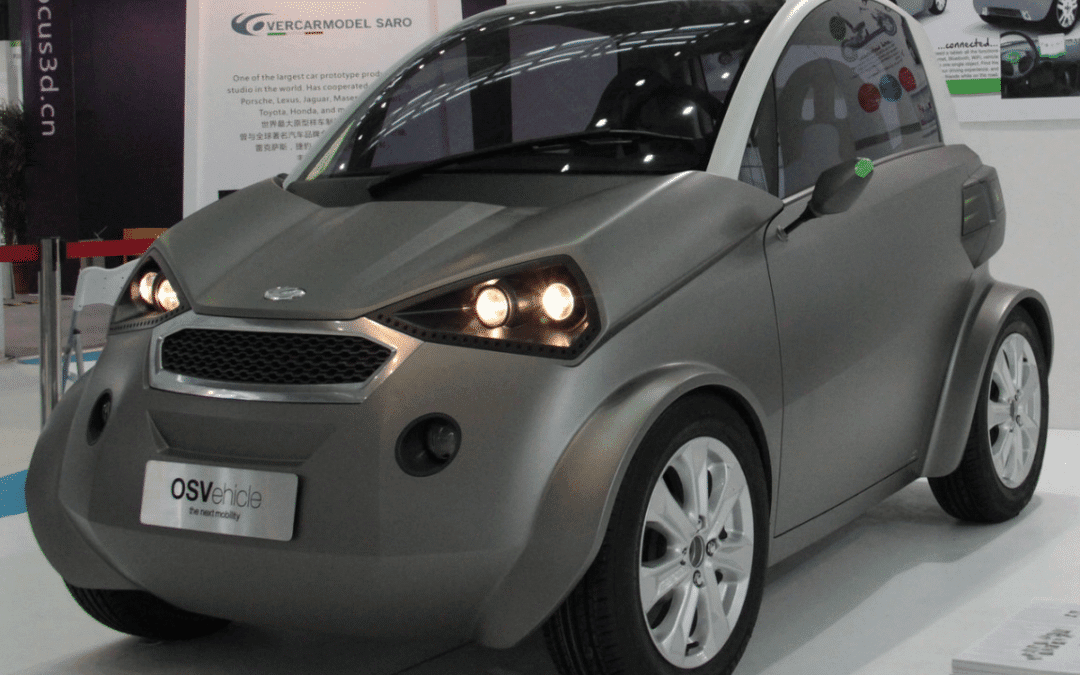
#1 – DIY EVs gets a boost
Looking to develop your own electric vehicle? Yes, you can, with Italian OSVehicle’s modular platform providing an open source hardware platform from as little as $12,000. Add to that George Hotz’s self-driving car kit which he plans to market through his company comma.ai at a price of $1,000, and you can build your own “ai-chauffeur” driven zero emission vehicle. The ability to use open source technology will lower the barriers to entry for entrepreneurs and hobbyists alike, providing further disruption to the auto industry.
#2 – Tesla poaches from Apple
Tesla bags two senior executives from Apple. The world’s leading electric vehicle manufacturer this month acquired Chris Lattner, responsible for Apple’s Swift application software head, and Matt Casebolt, senior director of Design for Apple’s Mac range and listed on over 50 Apple patents. Matt is filling the position of Senior Director Engineering, Closures and Mechanisms at Tesla, while Chris’s experience in leading an over 200 strong engineering team would stand him in good stead as Vice President of Autopilot Software.
#3 – USA DOT creates Automation Committee
The USA Department of Transportation this week announced the formation of an Automation Committee to oversee its self-driving policy, with Tesla, a clear leader in the sector not on it. Self-driving vehicles and electric vehicles are not necessarily mutually inclusive as the technology could be applied to all drive trains. However, the appointment of GM CEO Mary Barra as Co-Chair of the committee could be a clear indication of which tail is wagging the dog. GM recently opposed the new EPA emission requirements of 54.5 mpg by 2025. Follow the link for the complete list.
#4 – FIAT on notice for cheating on emission tests
Another one bites the dust as the Environmental Protection Agency this week put FiatChrysler on notice for cheating on its emission tests. Diesel Gate might be the best own inflicted wound by big auto fighting electric vehicles, forcing big brands such as Volkswagen and Mitsubishi to change strategy from pushing back to embracing the technology. Now Fiat’s CEO, Sergio Marchionne, who has been a fervent EV hater might be forced out or to change his stance.
#5 – Renault adds to its EV model range
Renault this week announced two more additions to its electric vehicle model range, both light commercial vehicles. Renault is one of the few automakers in Europe to commit early on to electric vehicles with models such as the Renault ZOE and Twizy. The two new models will be an improved version of the Kangoo ZE delivery van and a full-size commercial van, the Master ZE. Both vehicles will have an improved 33kWh battery pack and 7kW AC Charger.

This month saw the announcement of two electric vehicle only dealerships opening, one in Oregon and one in Canada. The multi-brand EVEN Electric dealerships opened in Ottawa after a successful pilot of the concept in Iceland, started in 2013. The company is in discussions for more locations in the UK, Belgium, Ireland, Canada, Panama and Norway. EVENElectric is also in partnership with EvoCharge, the charging infrastructure supplier, and Microsoft for developing software for its trading and service platform. In Portland, Drive Oregon, the organization charged to promote EV’s, are opening an EV showroom in downtown Portland. Drive Oregon received a grant of a $1M by the US Department of Energy to promote early adoption of EV’s. Both these showrooms host’s multi-brand electric vehicles with the exception of Tesla models, which is exclusively sold through its own outlets.
I always find it fascinating when speaking to people about electric cars that the ones who are the most critical have never actually driven an EV. After a week driving an electric vehicle, it feels that you step back in time having to drive a gas guzzler again. The general adoption of EV’s will follow the same path as other new energy technologies, such as PV. A decade ago people viewed solar panels as unsightly, and now having a PV system on one’s roof is identified as a sign of progress.
The inability and unwillingness of traditional motor dealerships to promote electric vehicles are creating opportunities for forward thinking entrepreneurs to open electric vehicle only dealerships. The Sierra Club’s recent Rev Up EVs report on the consumers EV purchase experience identified that traditional dealers, especially outside of California are not promoting the technology. One of the key findings were that automakers still provided higher commission structures for gas guzzlers. But the problem was not only on the manufacturer’s end. Common problems identified at the dealership level included dealers not even having EV’s on the lot, vehicles not charged and most importantly in my opinion, that the sales people were not educated on the technology. During test drives, they could not even explain to the prospective buyer how to charge the vehicle. From my experience shopping for an EV, it was clear it’s not the consumer holding back the growth of EV sales, but the dealership’s and automakers.
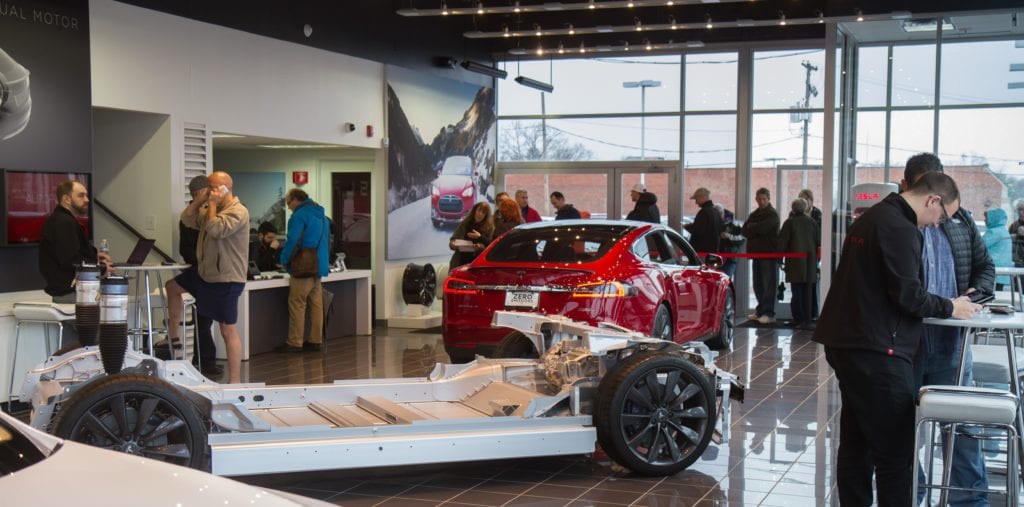
Sure, traditional big dealerships have strong relationships with the automakers, giving them an edge when negotiating terms and allocations, and the market will get to a point by the end of the decade where EV’s would be promoted by the auto sector. Most auto manufacturers changed their strategy by early 2016 and committed to having plug-in models constitute between 25 and 50% of their product mix between 2020 and 2025. Since purchasing a vehicle is driven in part by emotions, an auto brands marketing efforts are just important in driving sales as its technology. You can bet your bottom dollar, once regulation as we see being put in place by California and China, setting EV sales targets as a percentage of total sales, we can expect the big marketing divisions mobilise their resources to push EV’s onto the consumer.
But who would you rather trust? The dealer that just a year back told you how bad electric cars are, but now tries to sell you one at all cost due to targets from the automaker? Or the dealer that has in-depth knowledge and care about the success of the technology to secure repeat business? You will not normally see lines of customers, more associated with the launch of a new iPhone, in front of a traditional auto dealer.
Doing a back of the envelope calculation based on Even Electric’s announcement that it sold 100 vehicles in a short space of time, and due to supply constraints could not fill a further 200 orders, and we assume that it was for the period 2014/2015. If we then compare it with total EV sales for Iceland for 2014/2015 which was only around 600 vehicles. We can derive if EVENElectric had stock, they would have supplied 50% of all electric vehicles. Not bad for a startup having to compete with established dealerships.
It is clear from the state of affairs that the environment is ripe for disruption in a sector which for decades have been controlled by a few big players, secure in their complacency. Providing opportunities for entrepreneurs and businesses that truly believe in the future of electric vehicles.
wattEV2Buy in its mission to promote the adoption of EV’s have started an online classified section to promote a secondary market in EV’s and also an investment section where investees and investors of new electric vehicle technologies can meet. wattEv2buy is also developing an EV platform based on the Internet of Vehicles.
Featured Image: Interior of the Cleveland Tesla store as line filters in on Model 3 unveiling day – March 31st, 2016 – photo by Jon Jivan

Contributor
Wynand studied his MBA in San Francisco where he was exposed to the fields of Service Science, Gamification and Renewables, which he combined to create wattEV2buy and the award winning web app Ekoguru. Wynand is a energy storage expert and has modeled, designed and presented various solutions utilizing lithium-ion and other electrochemical technologies. In his spare time Wynand is the author of a children’s book series and started a new project called “Career 180”.
Many people believe that the electric car market in its most basic form has gone past the point of no return and will be a major element of the automobile mass market going forward. This forward-thinking, forward-looking and technologically advanced industry is now looking towards the next development which for many will be autonomous vehicles. So, what is the general feeling about autonomous vehicles? Would you trust a car where you had little or no input?
One of the main problems regarding the concept of autonomous vehicles is the fact that the general public have little or no experience in this particular area. How would it work? Is it really safe? Would there be a general override in the event of problems? (more…)